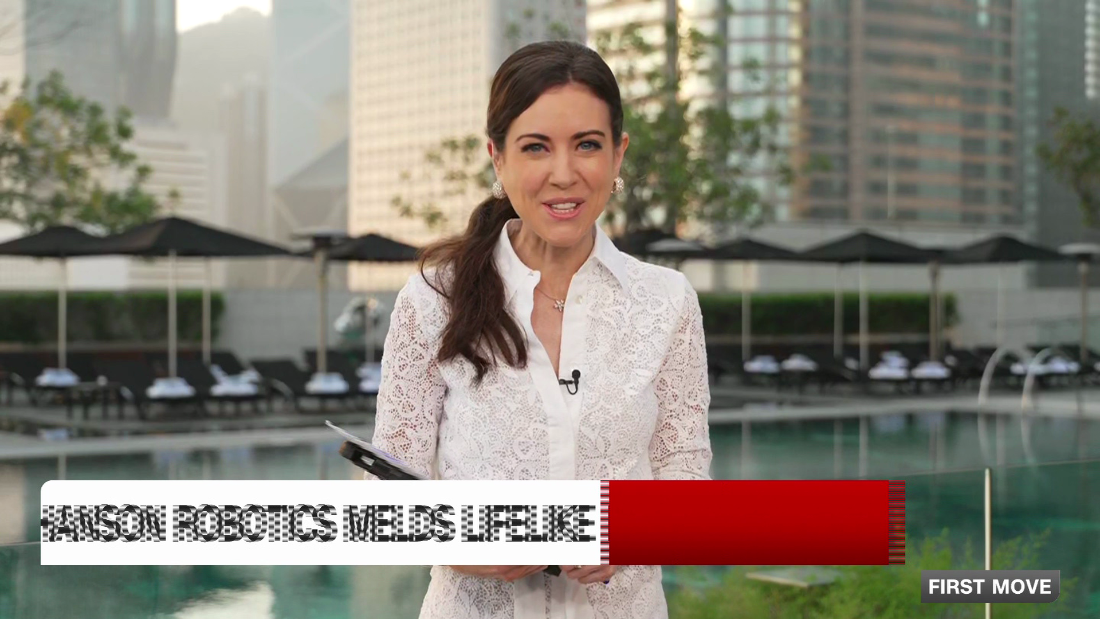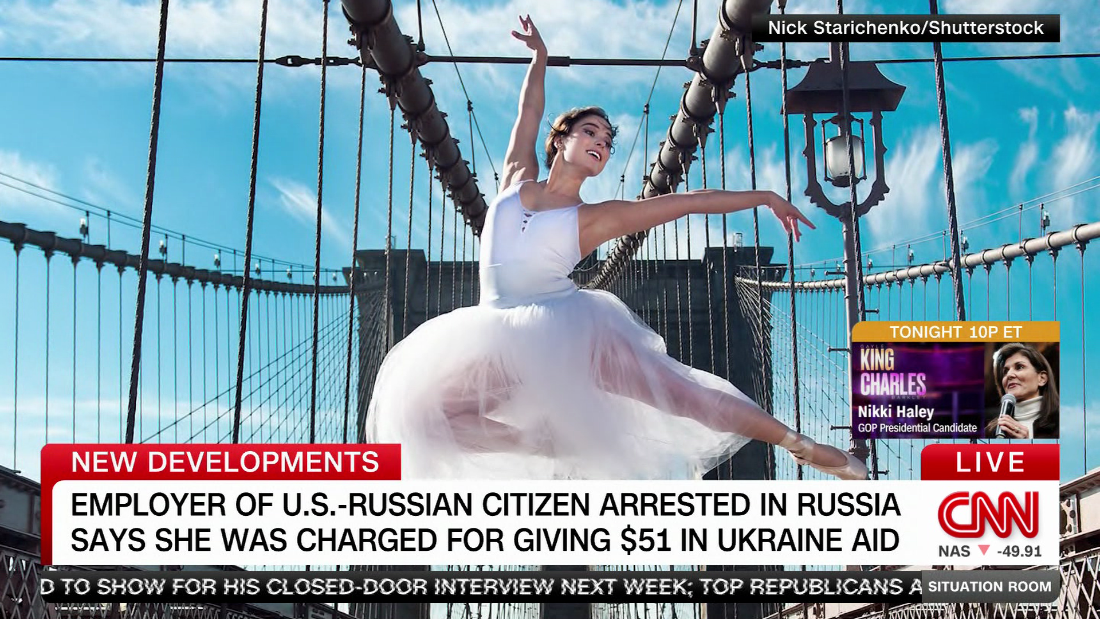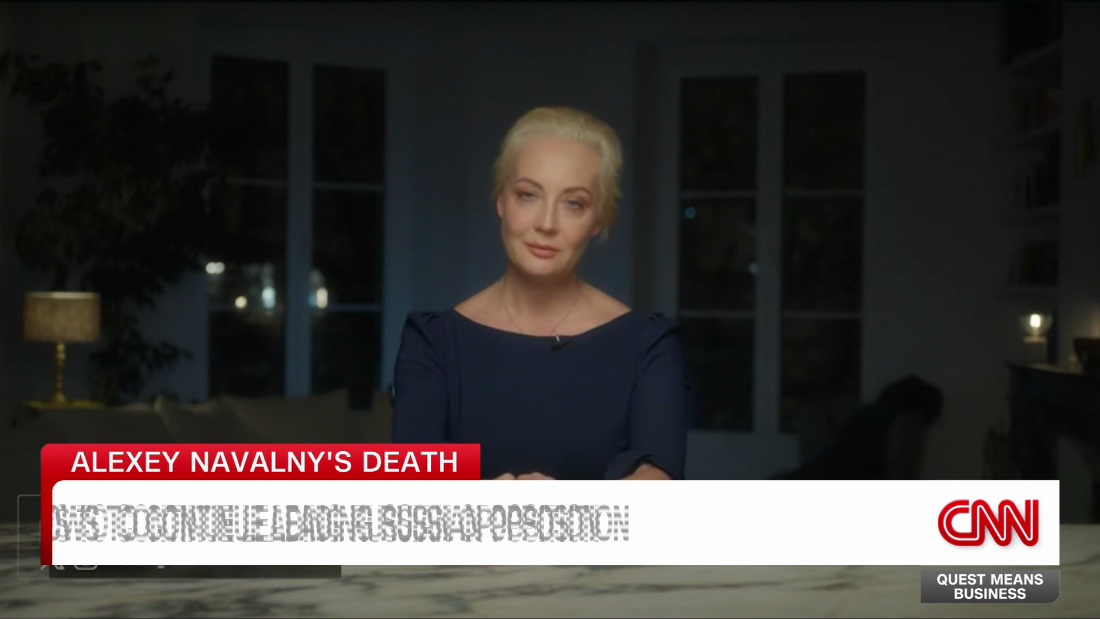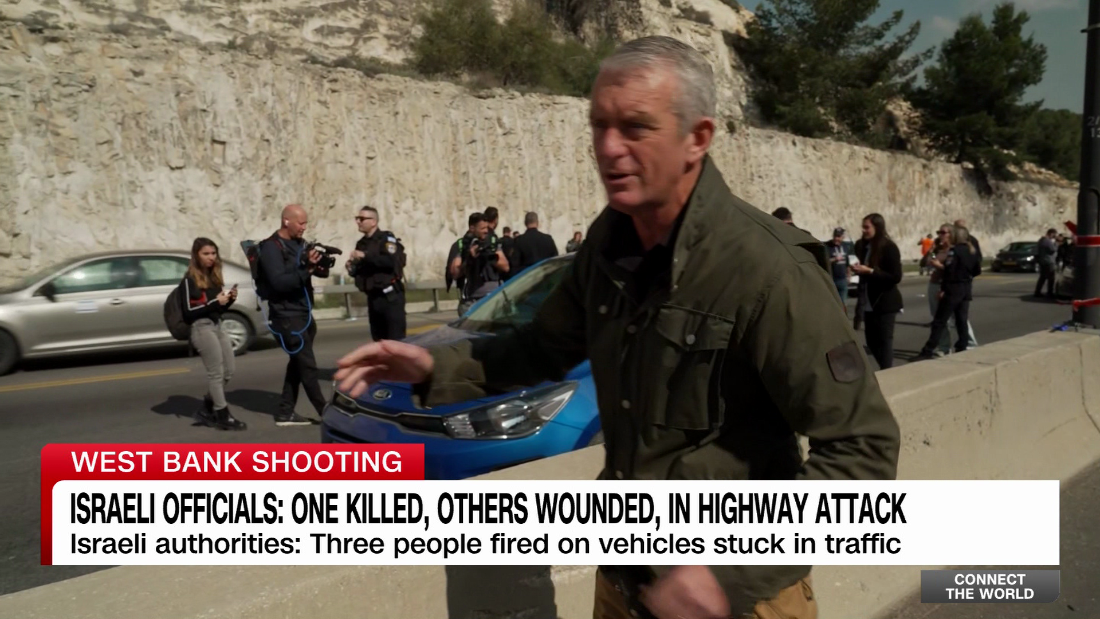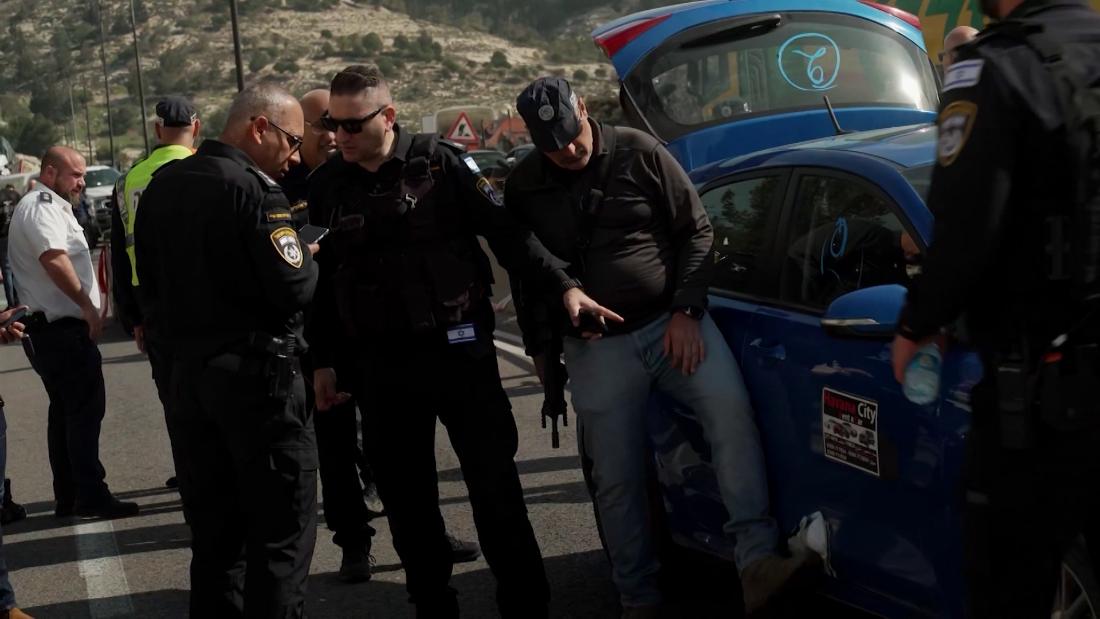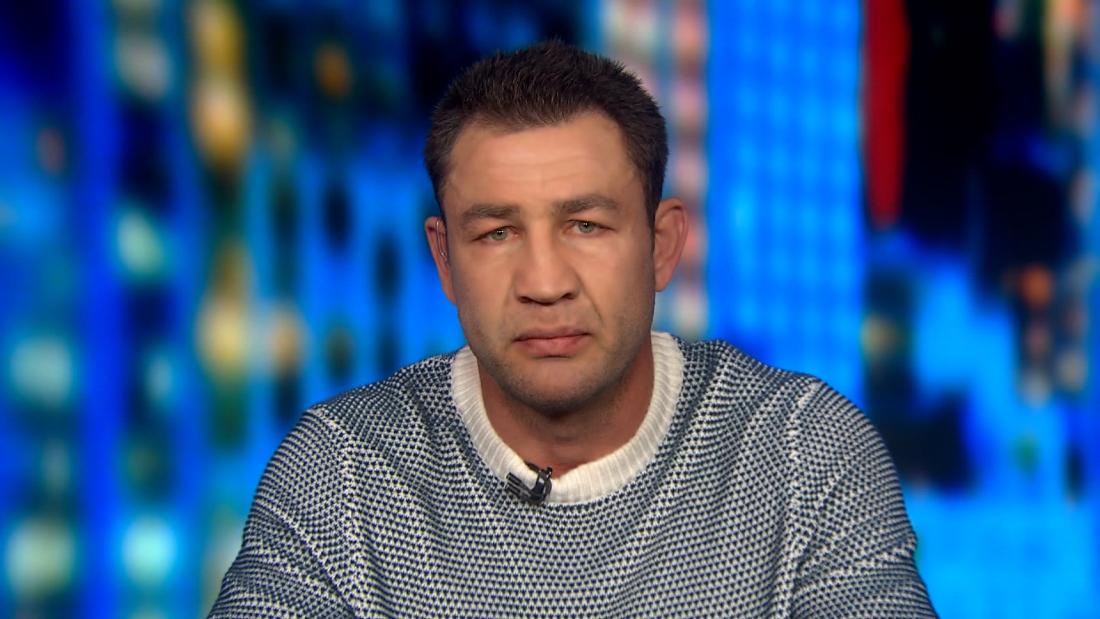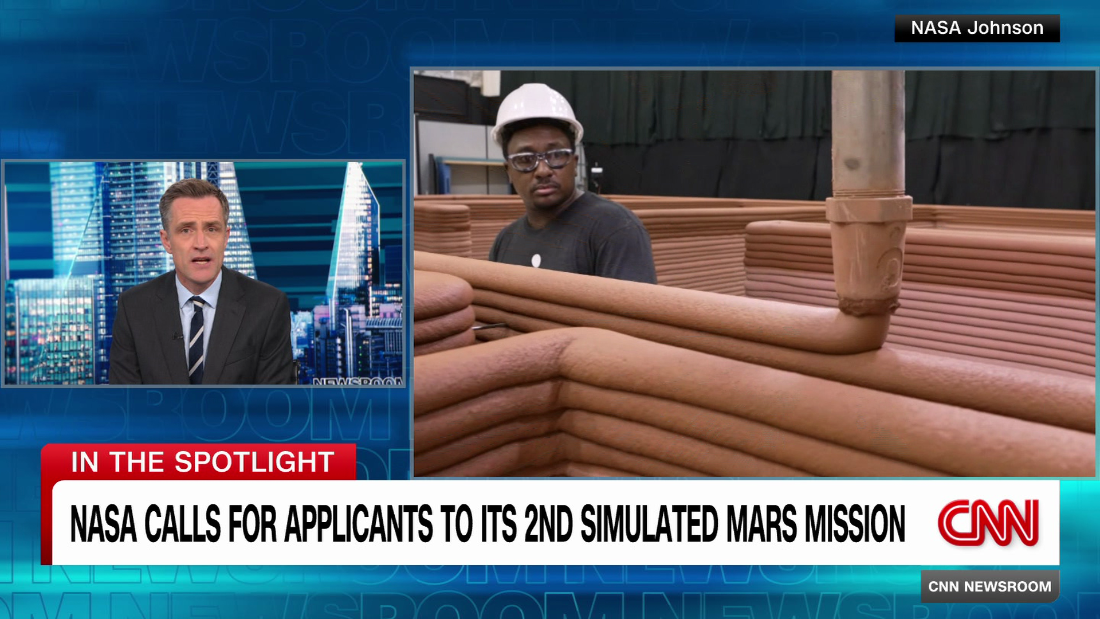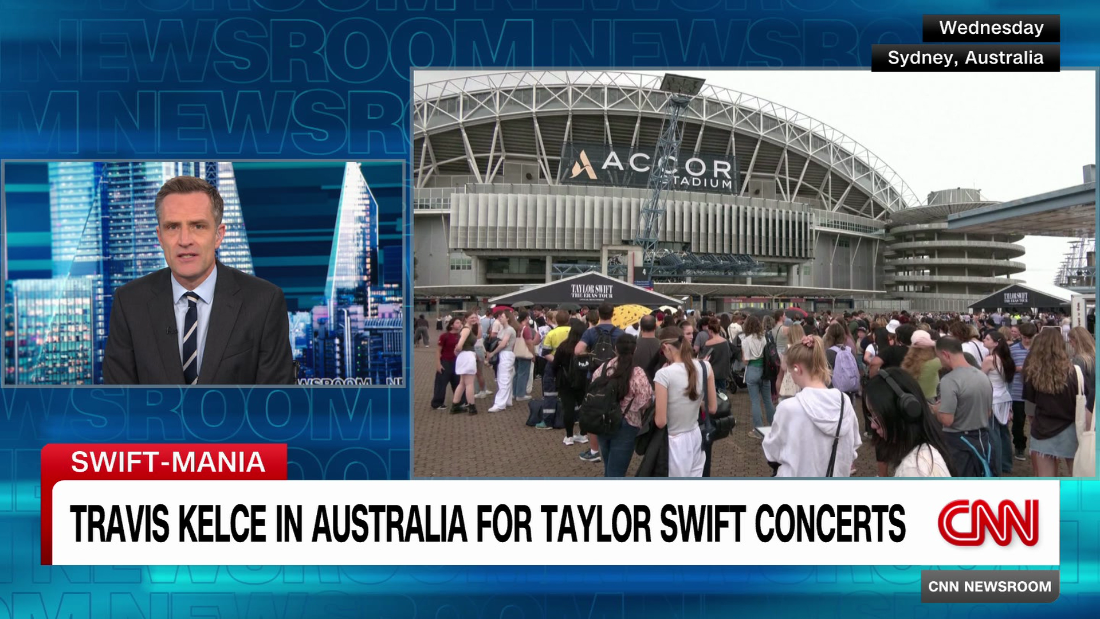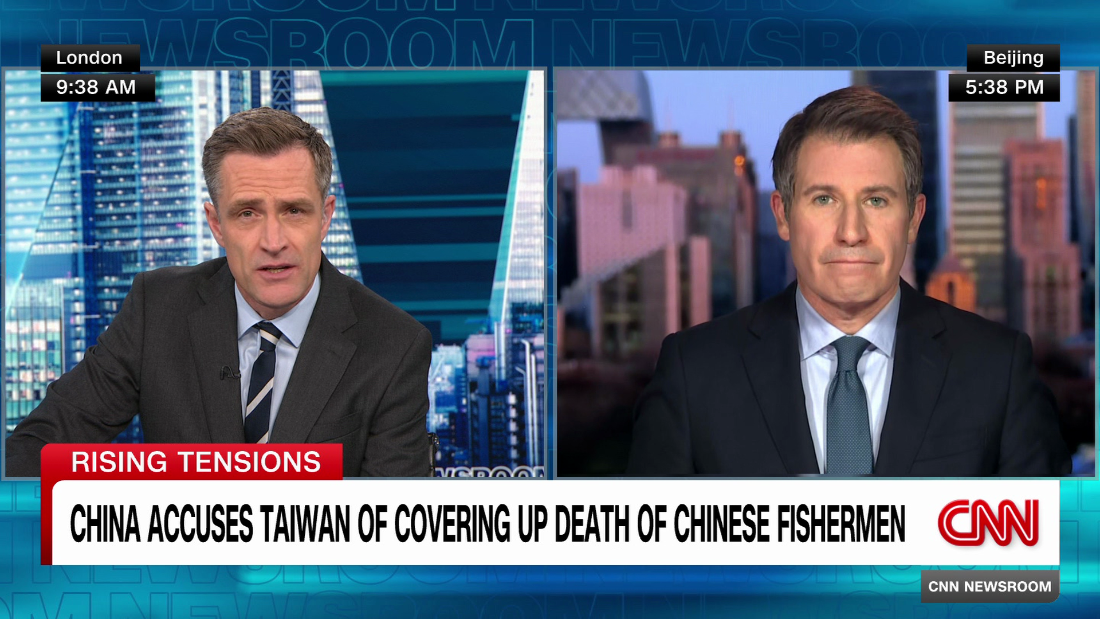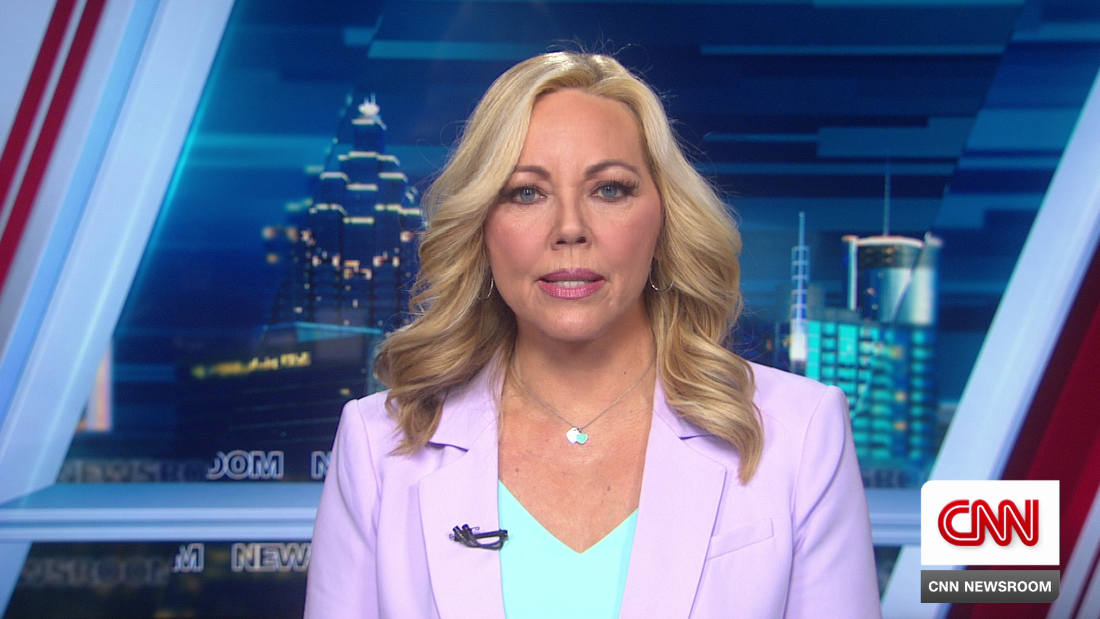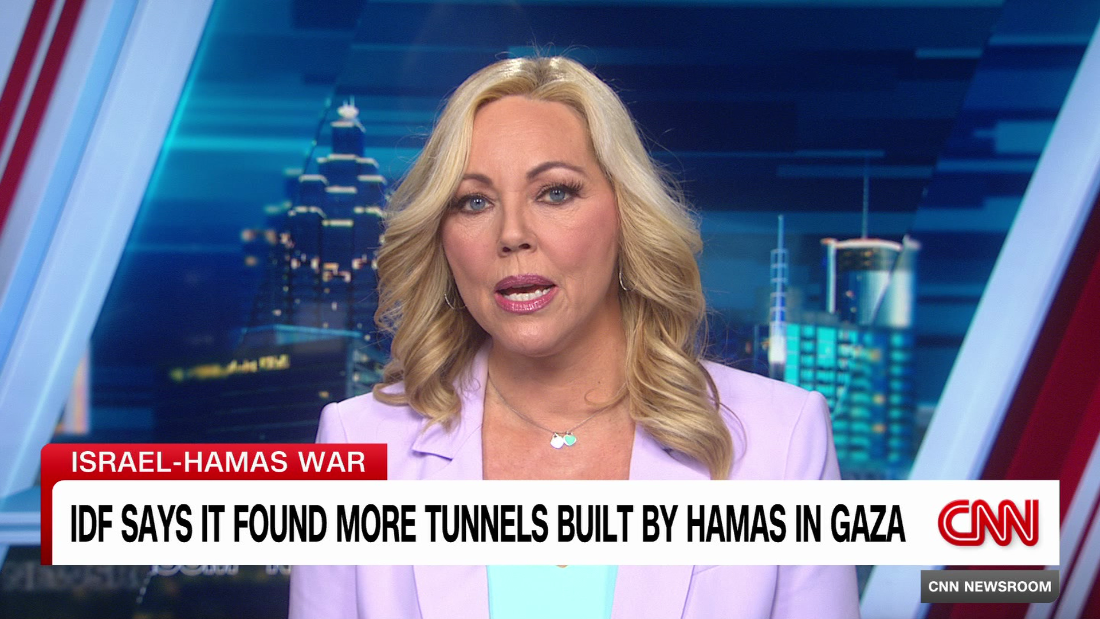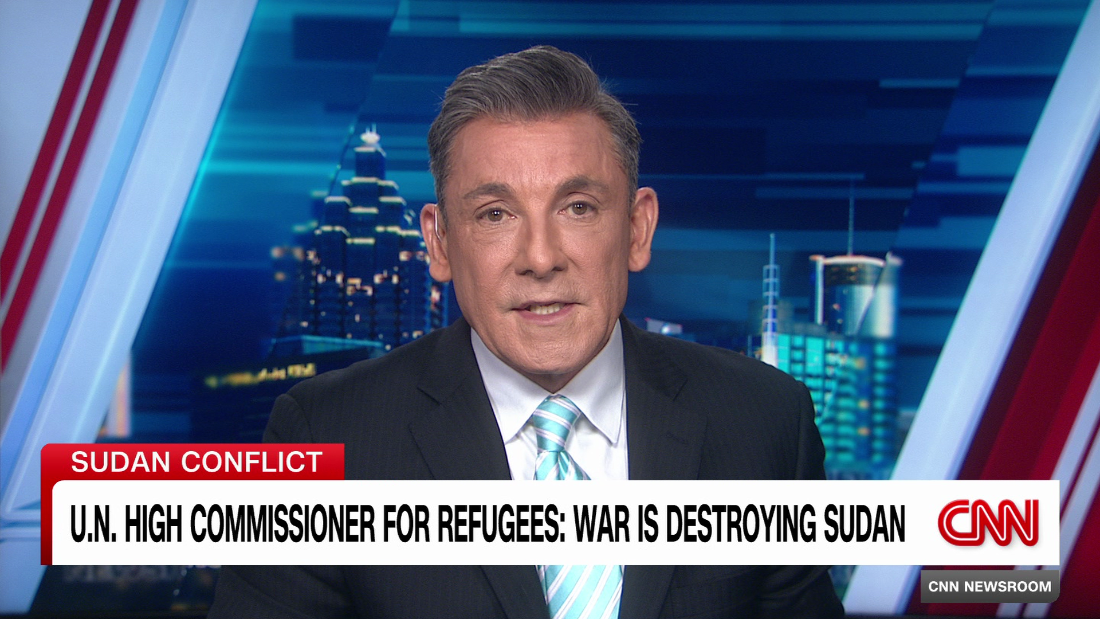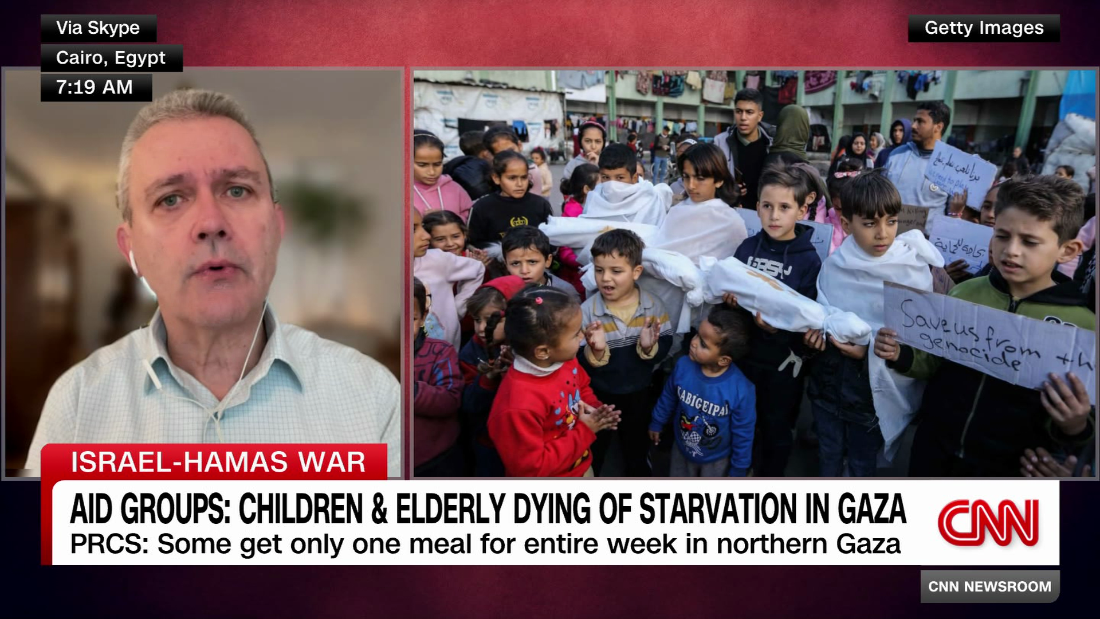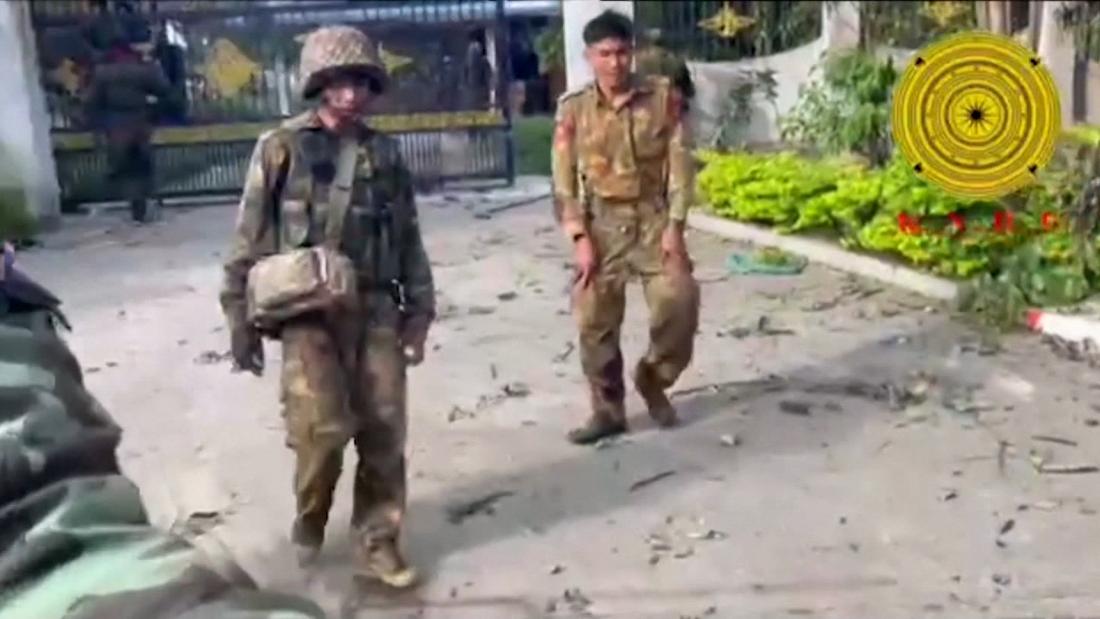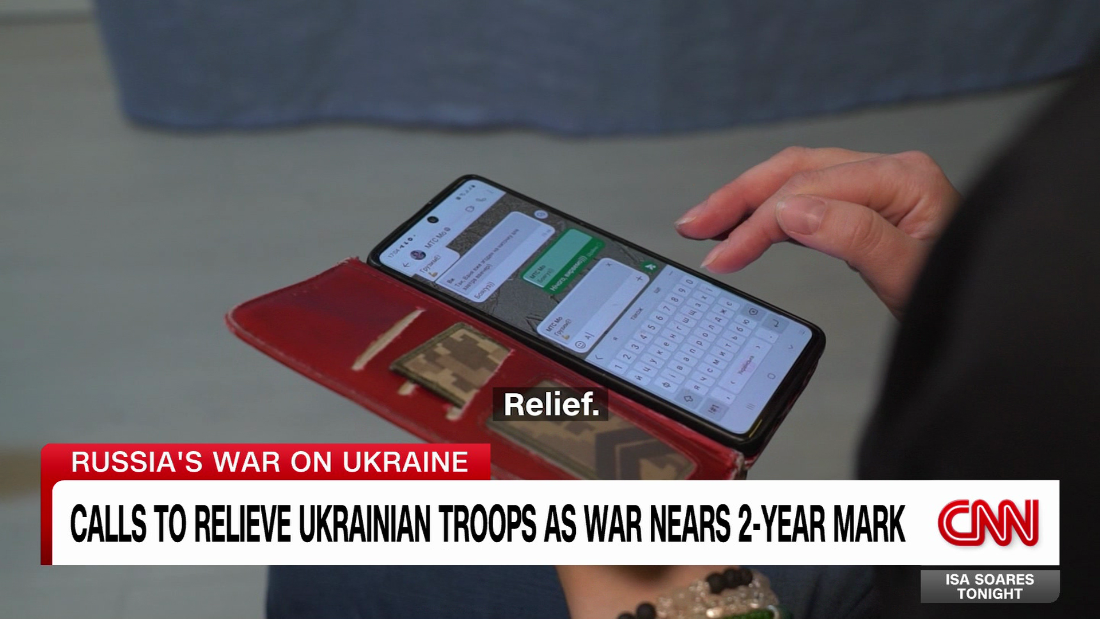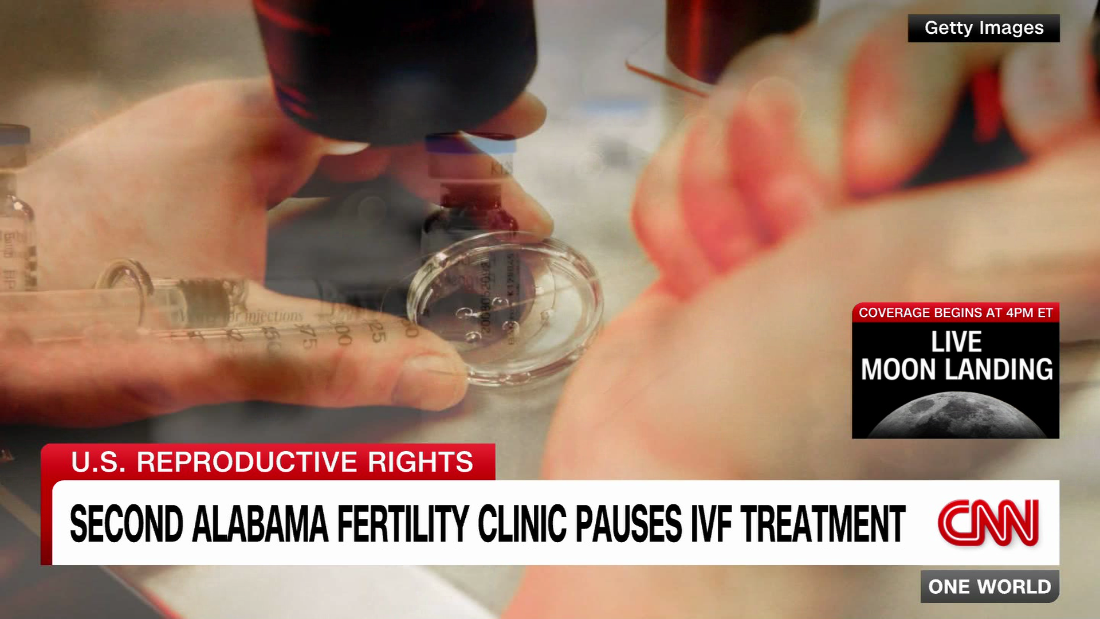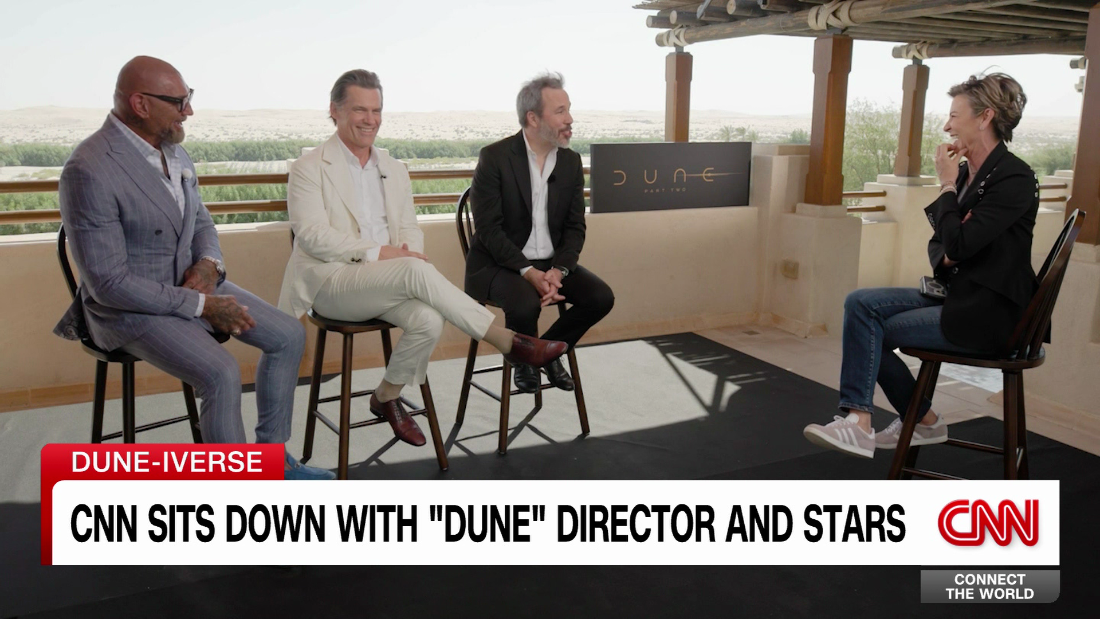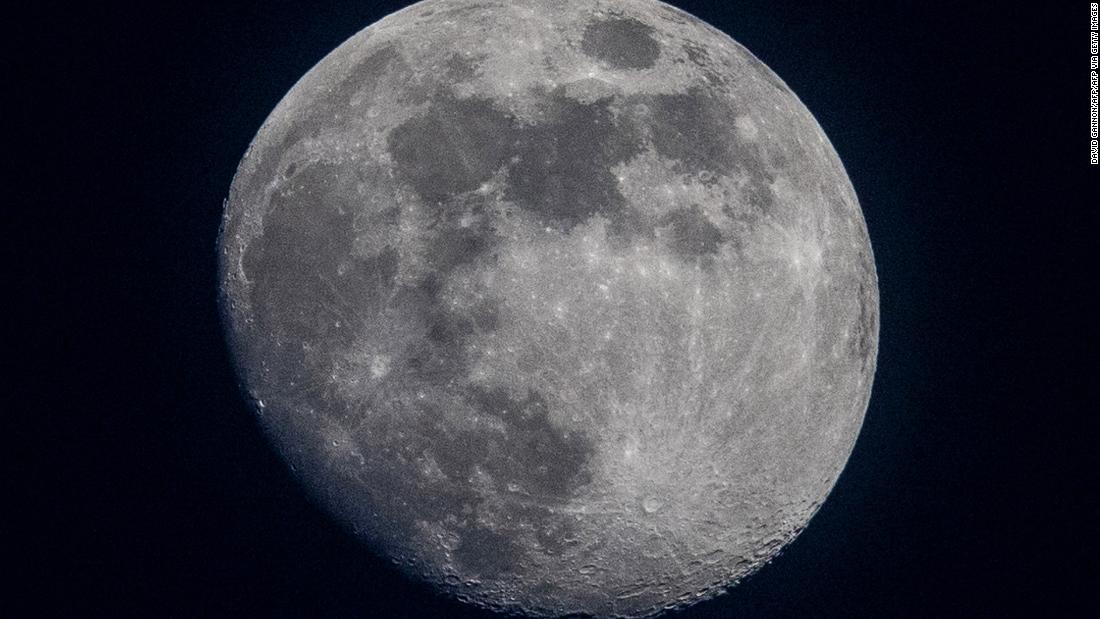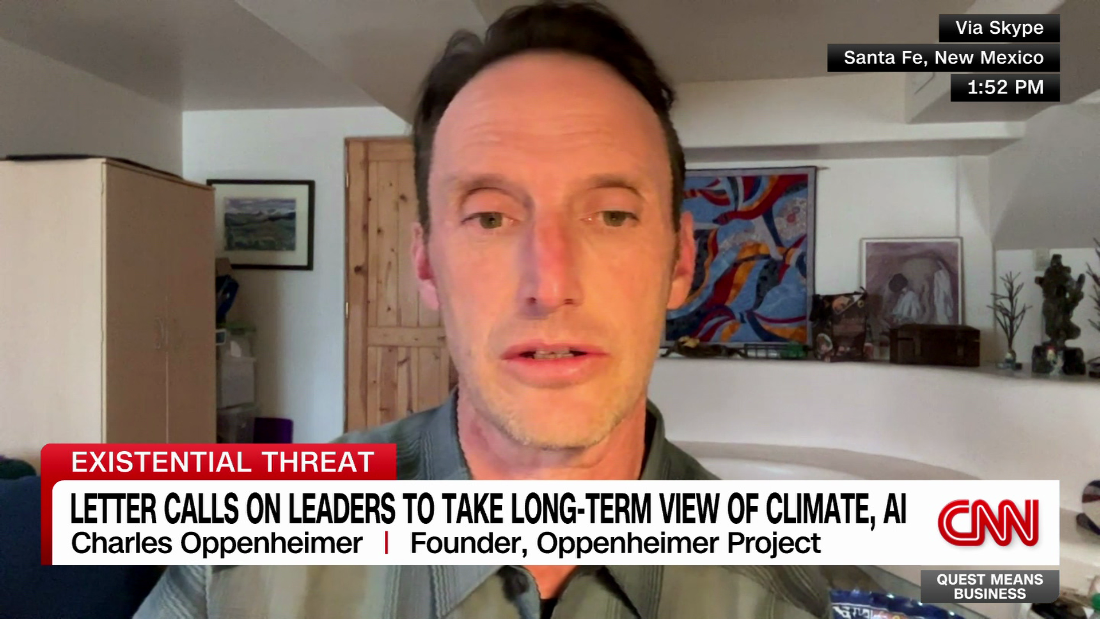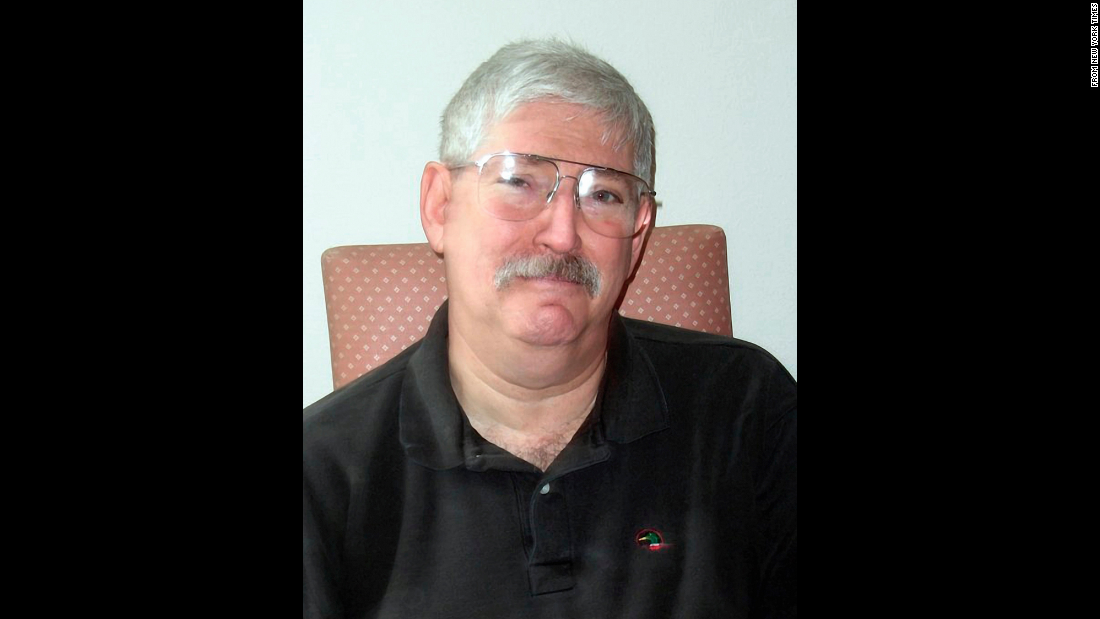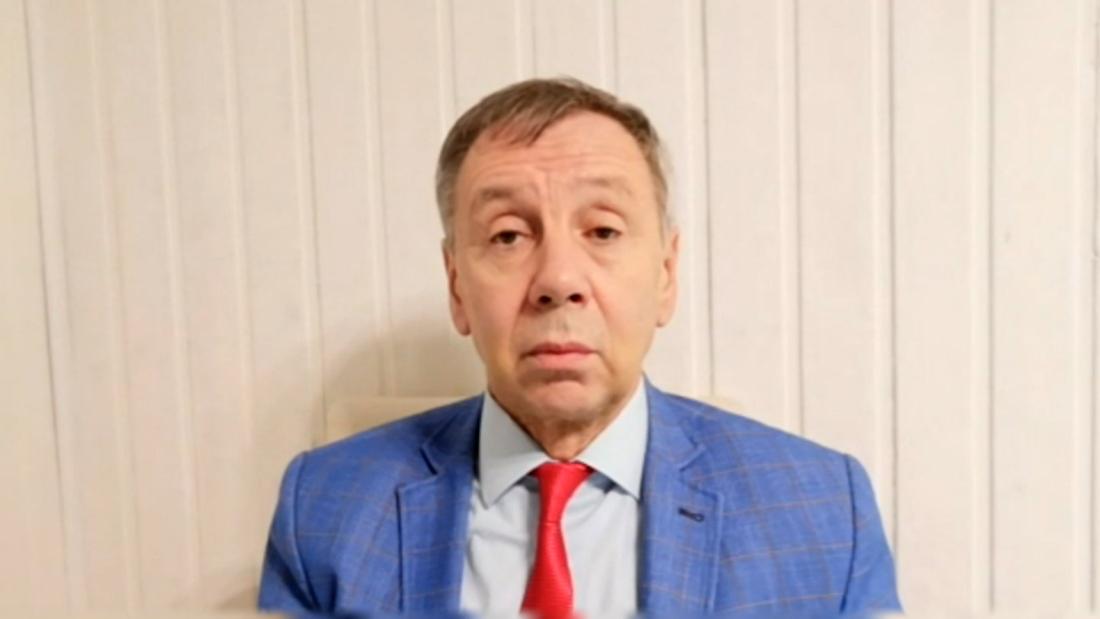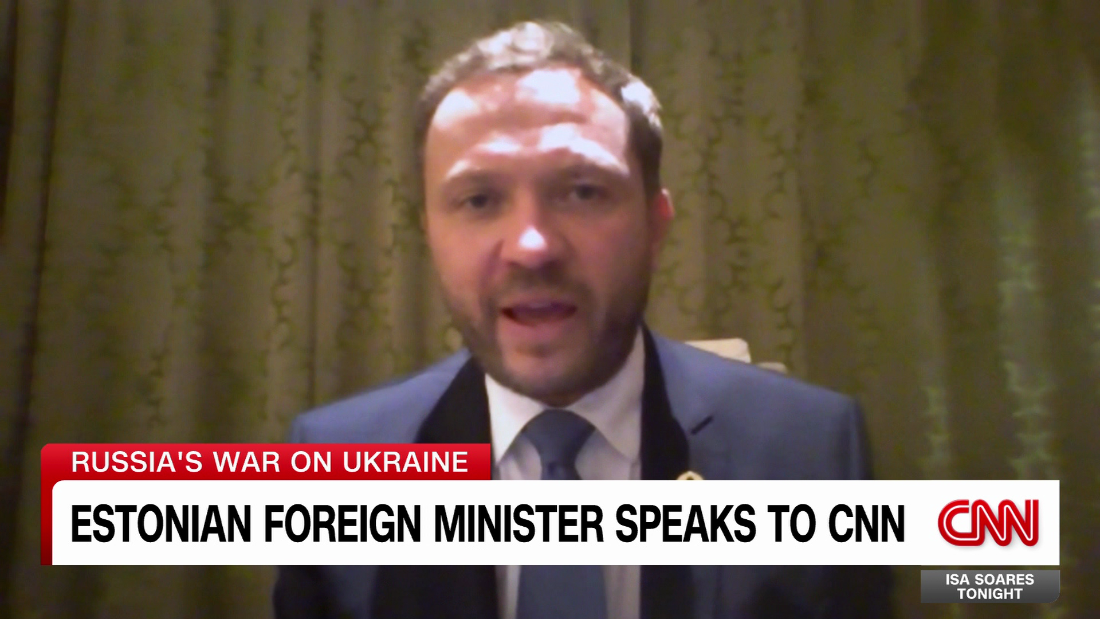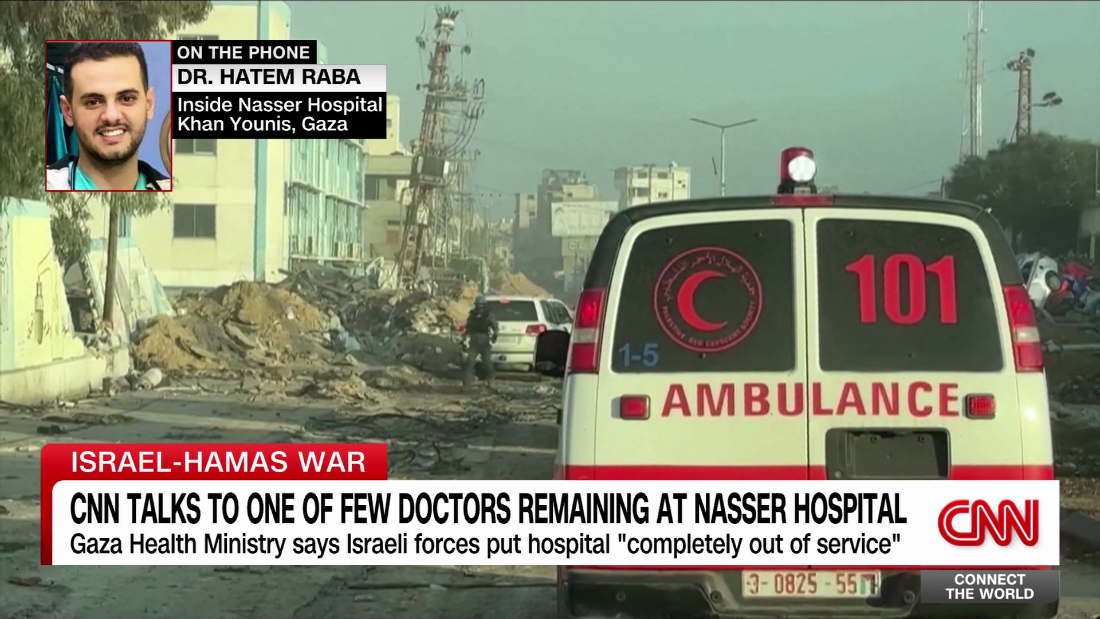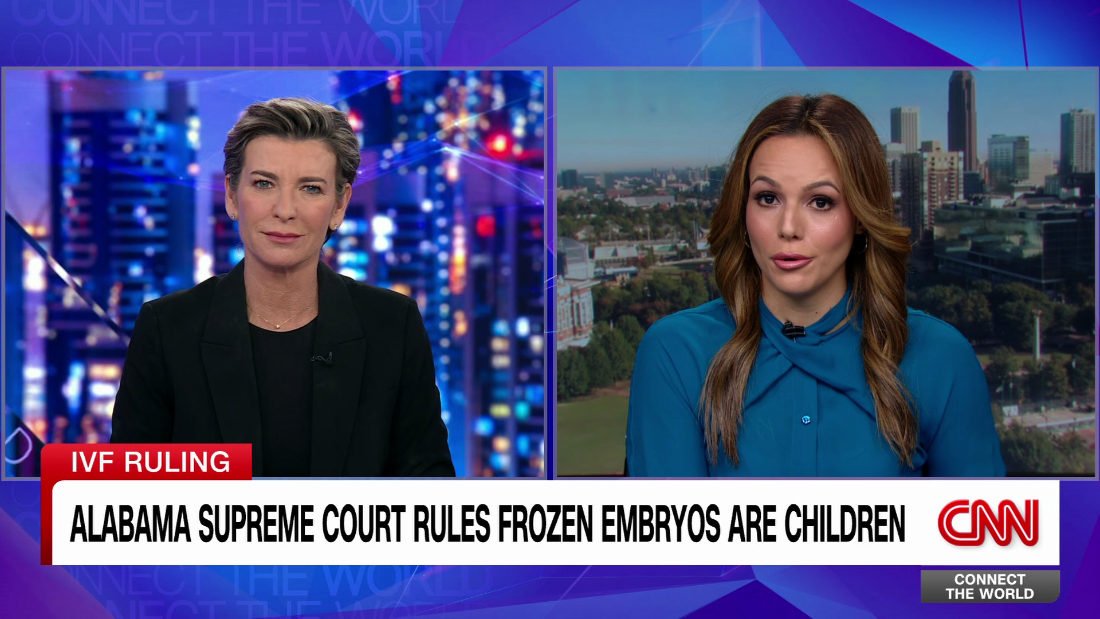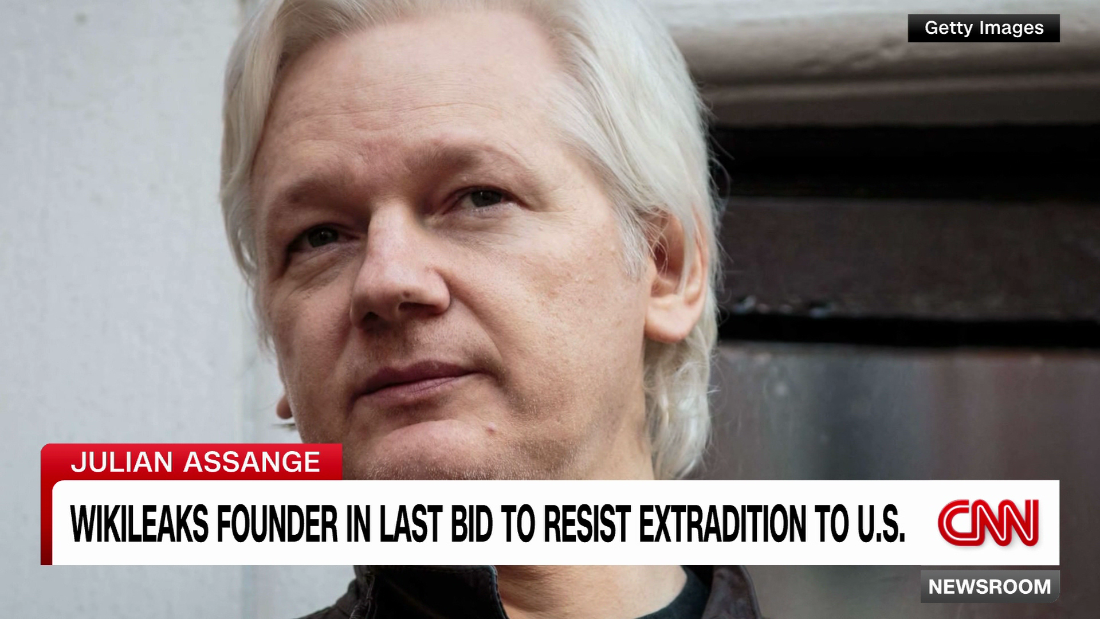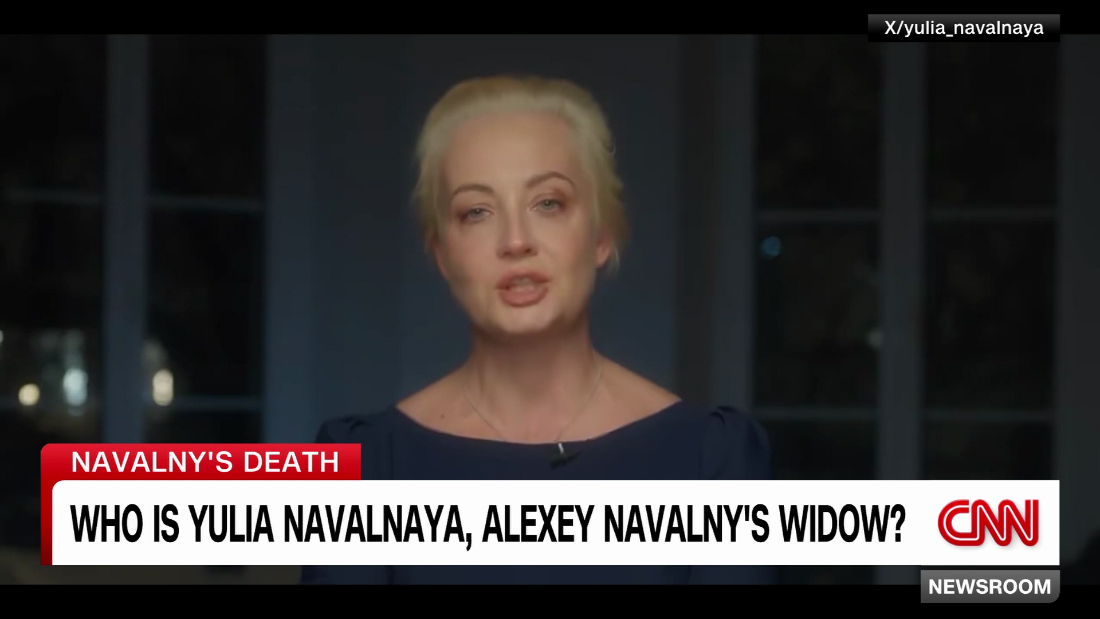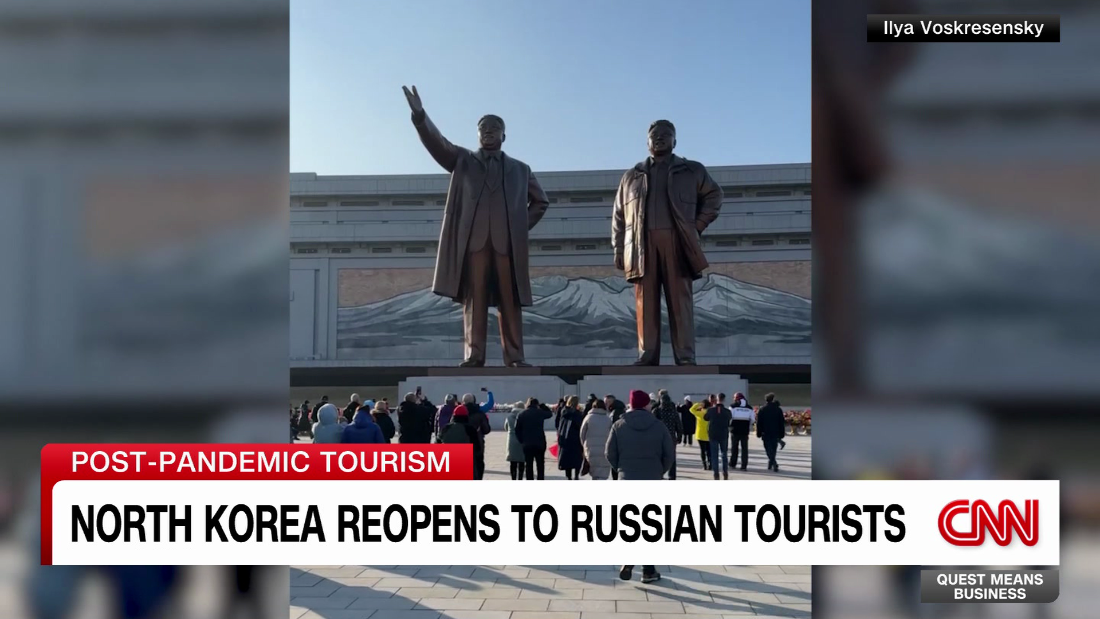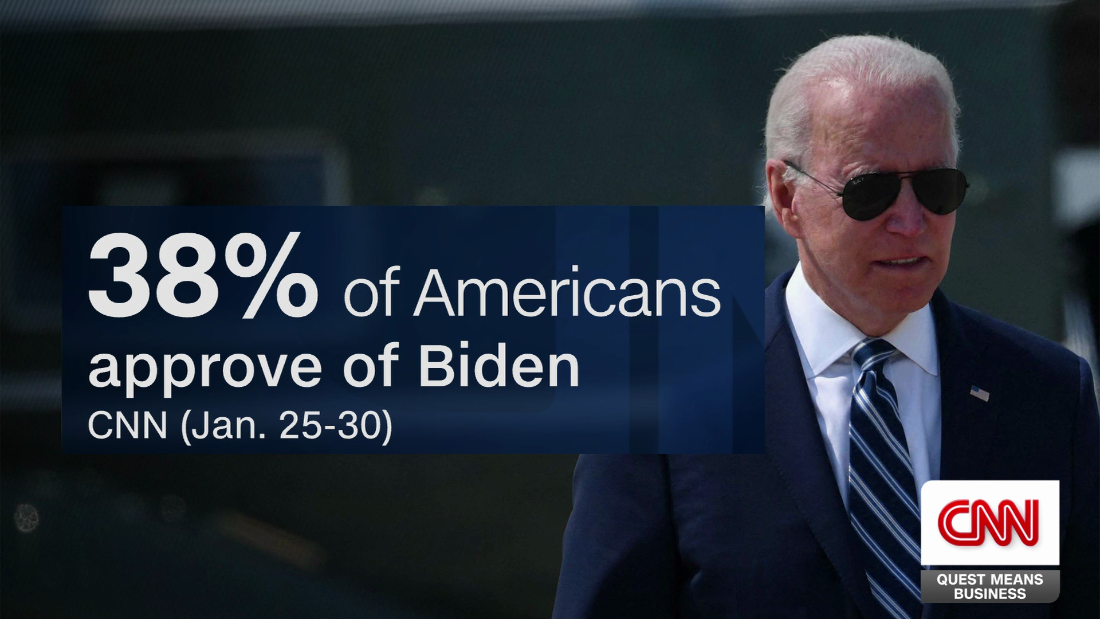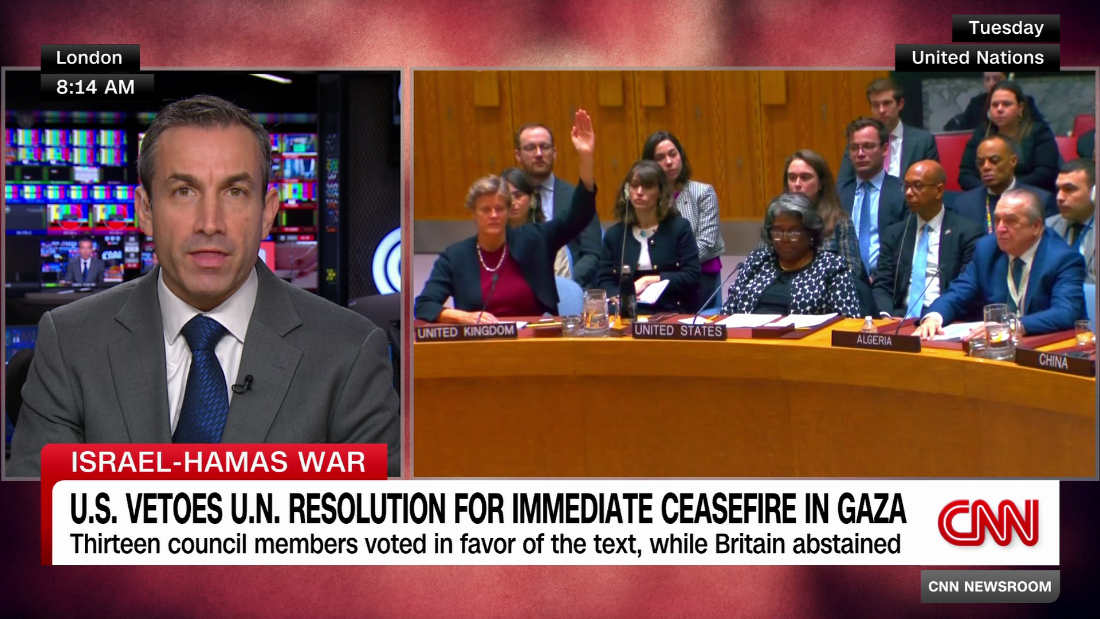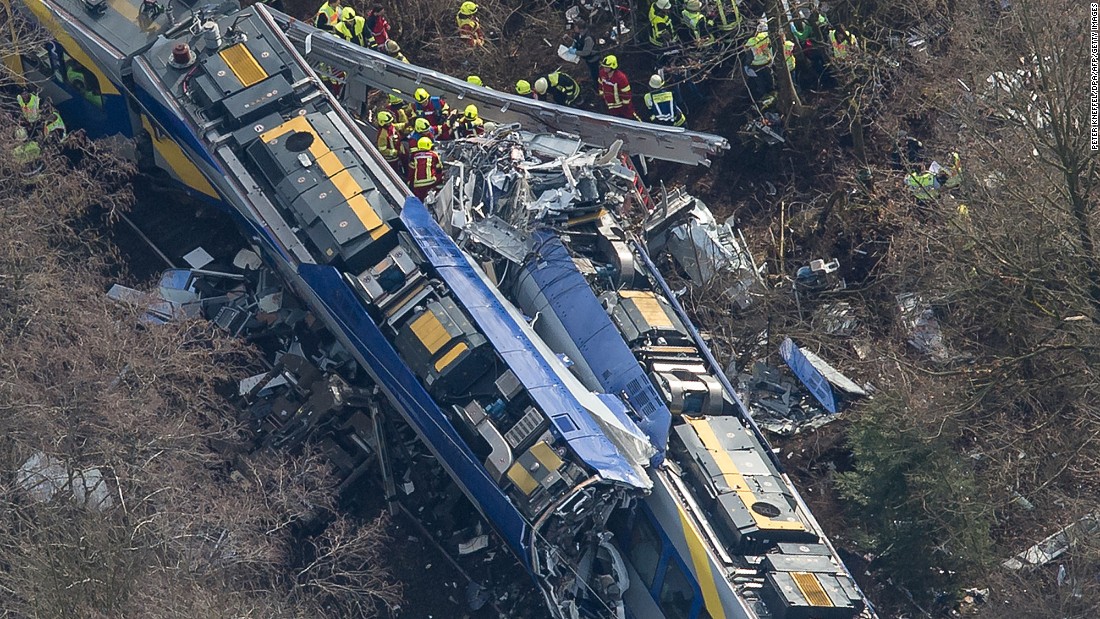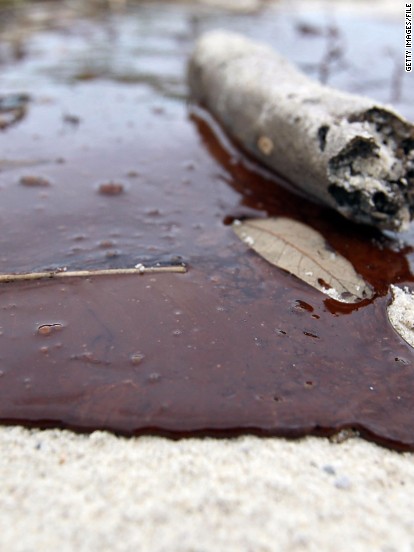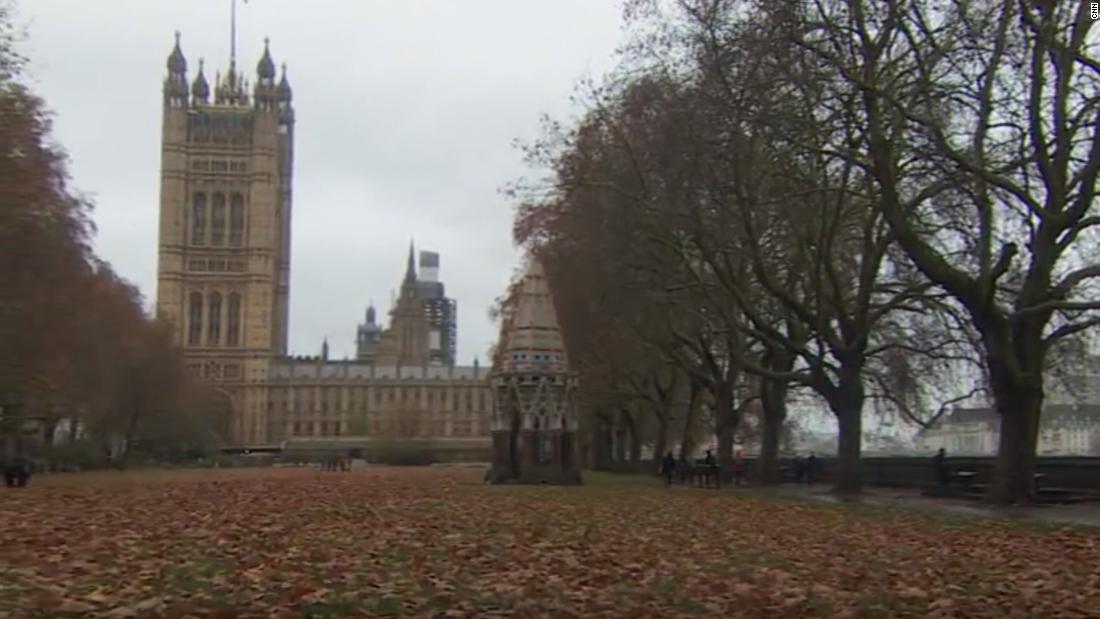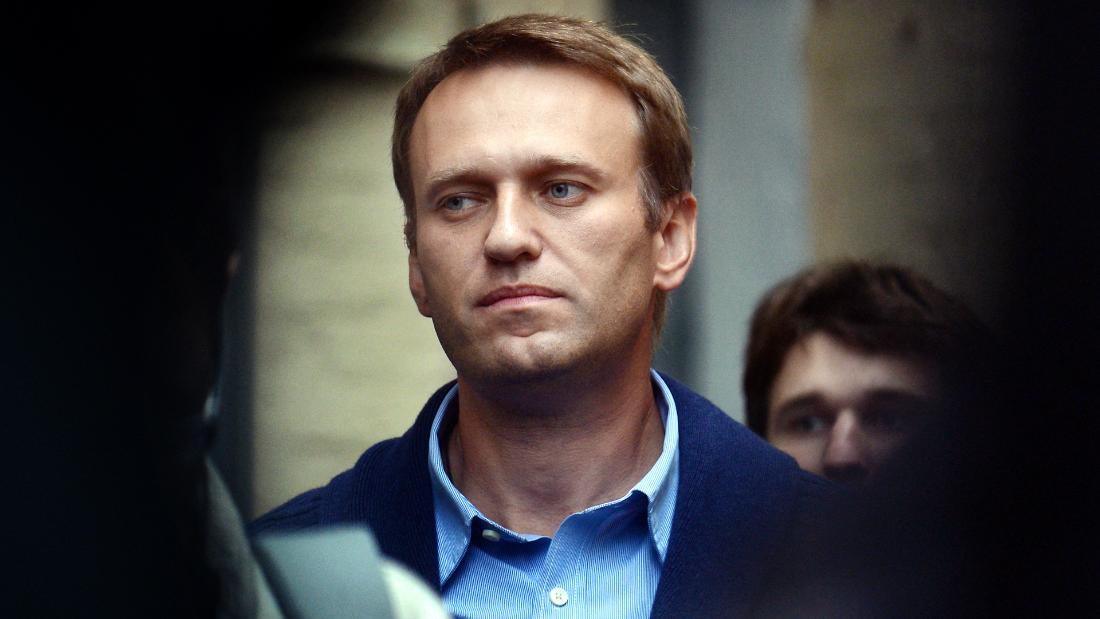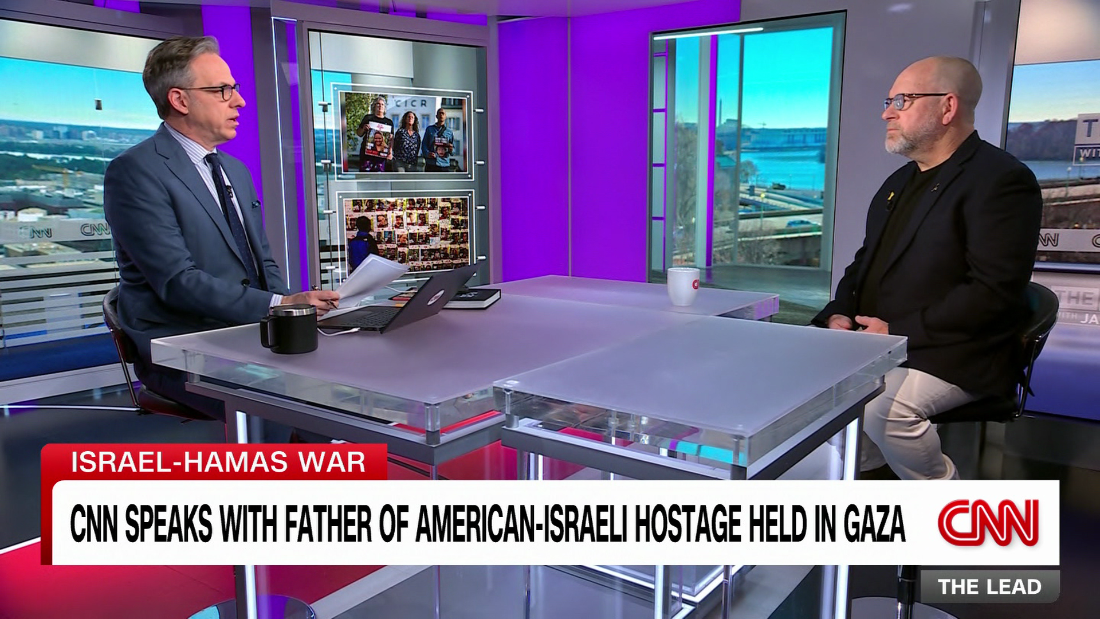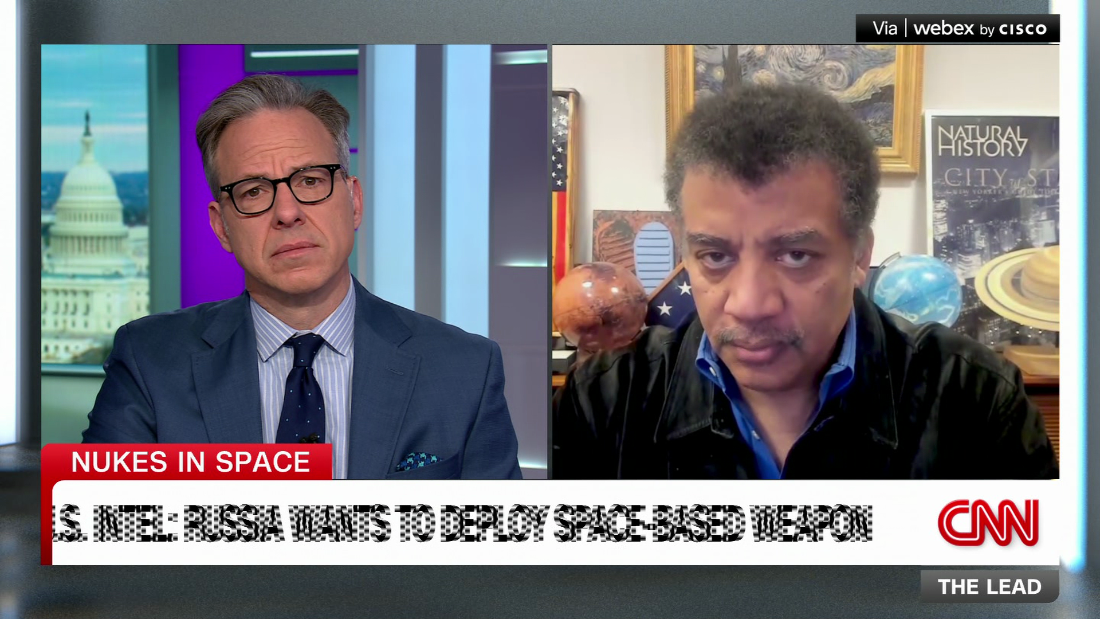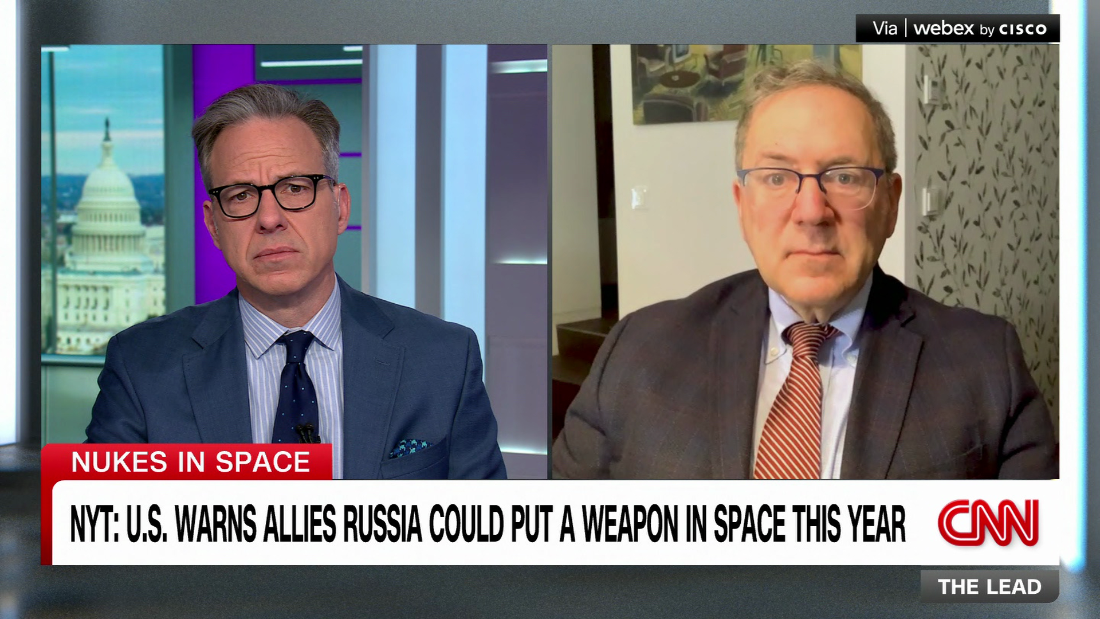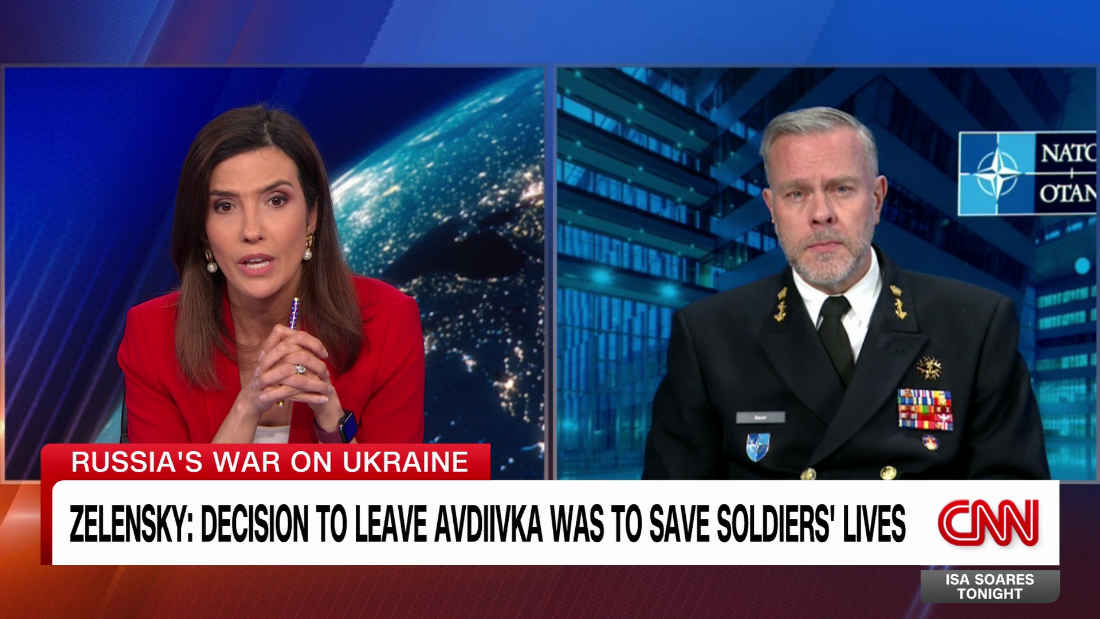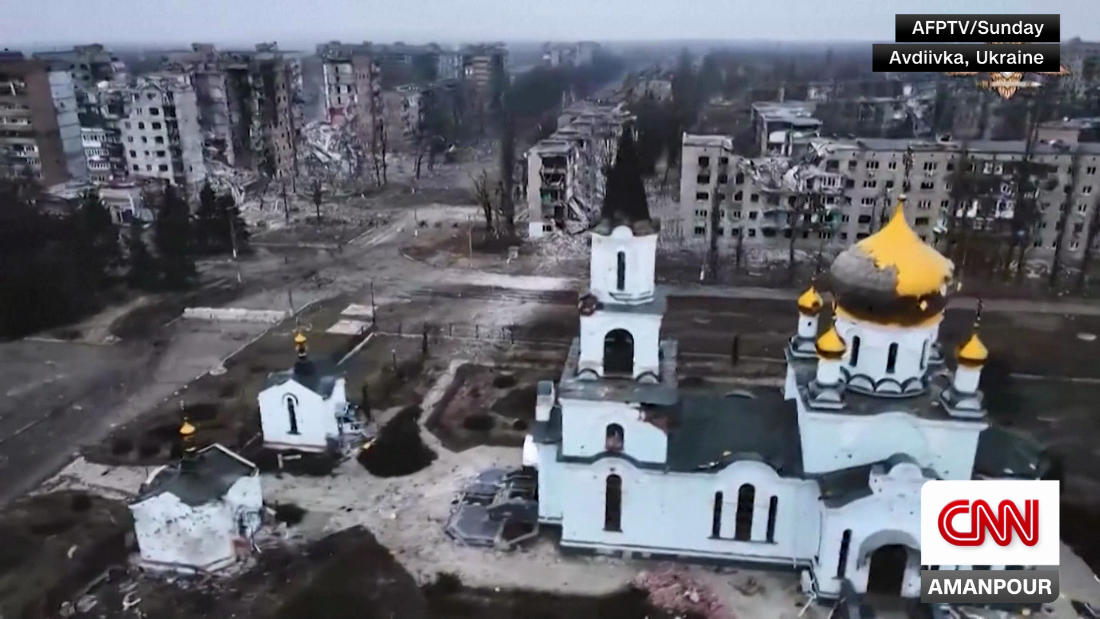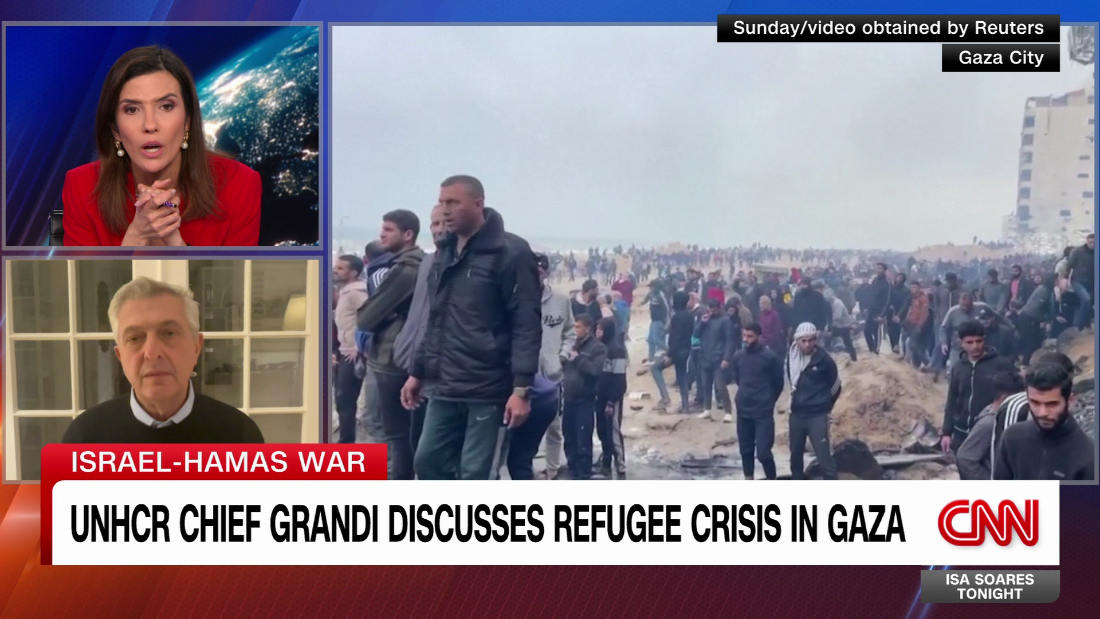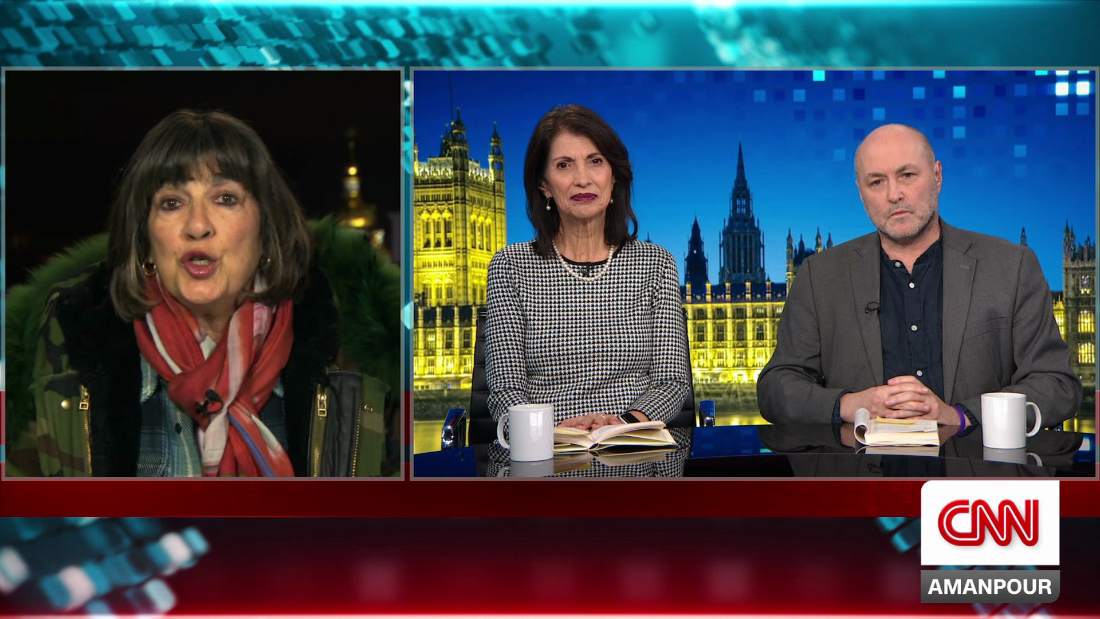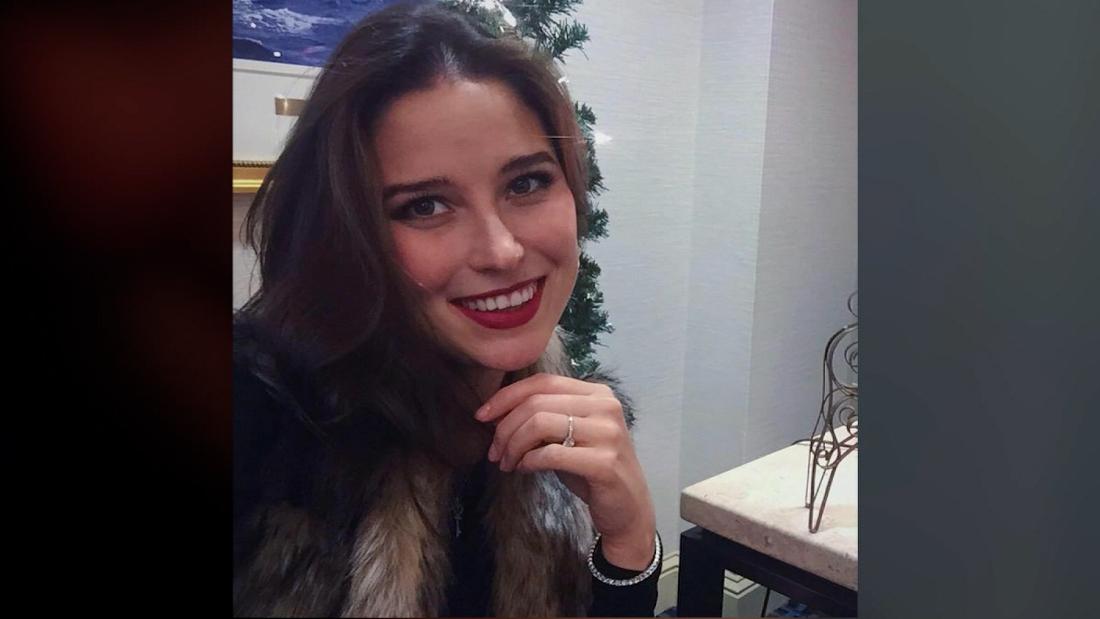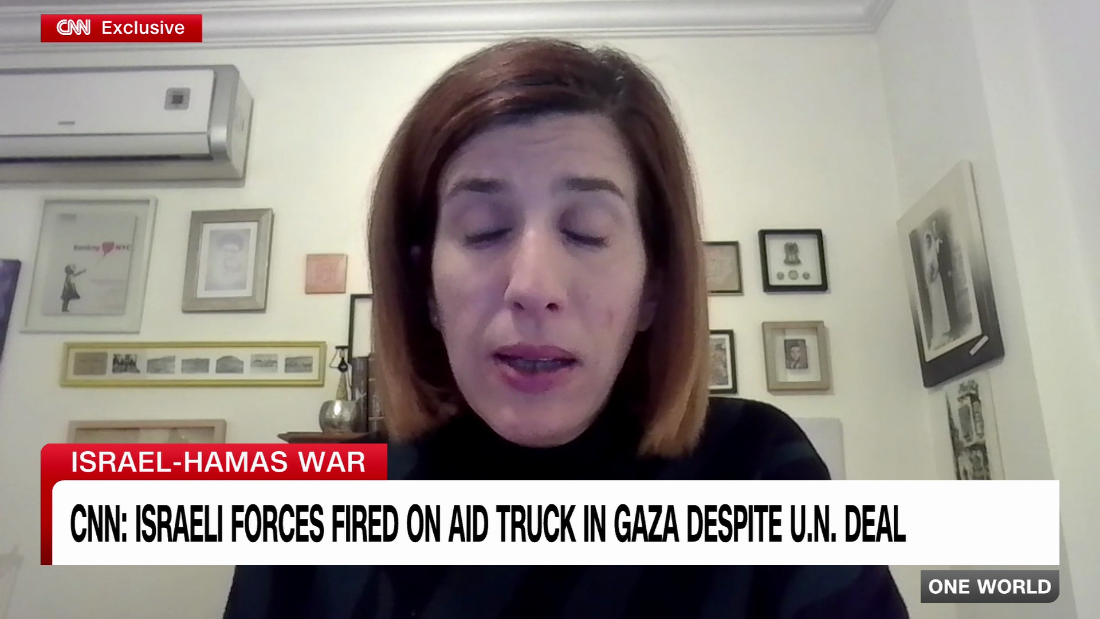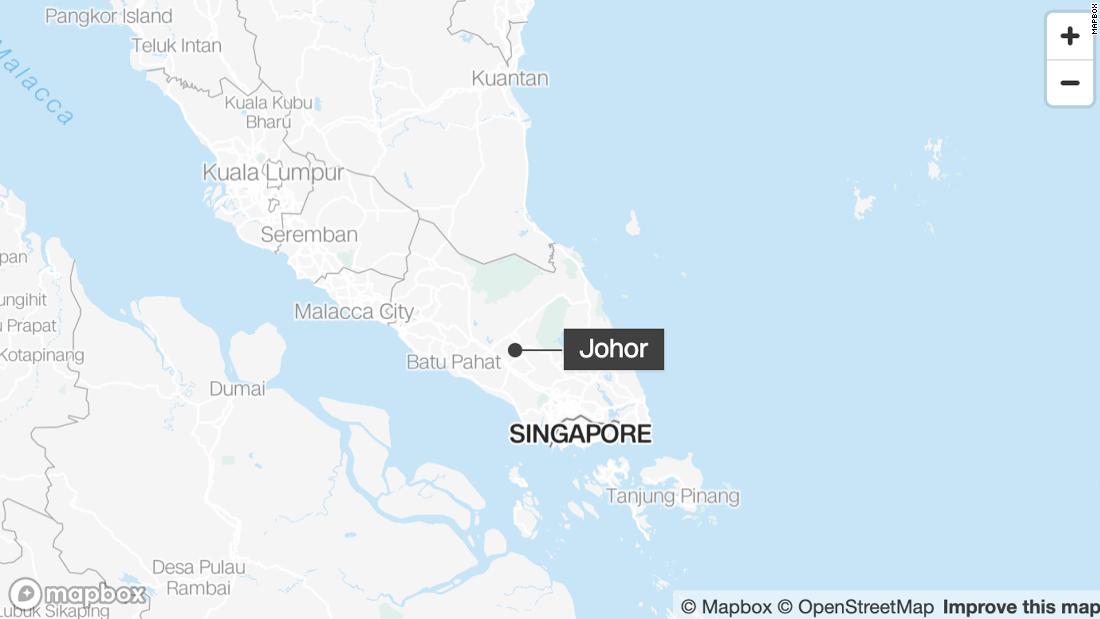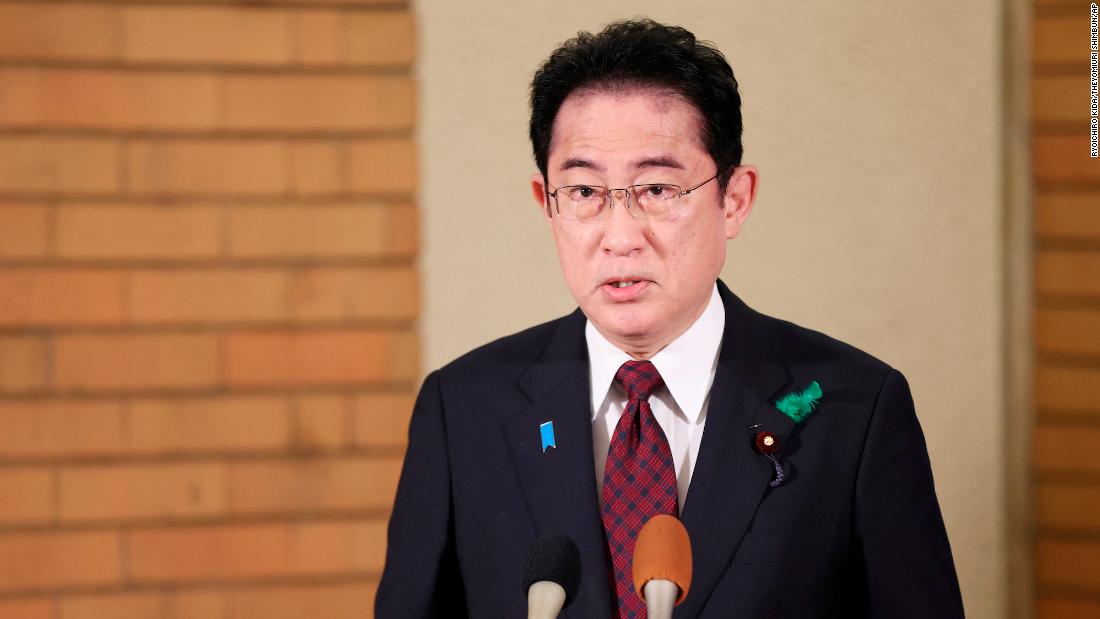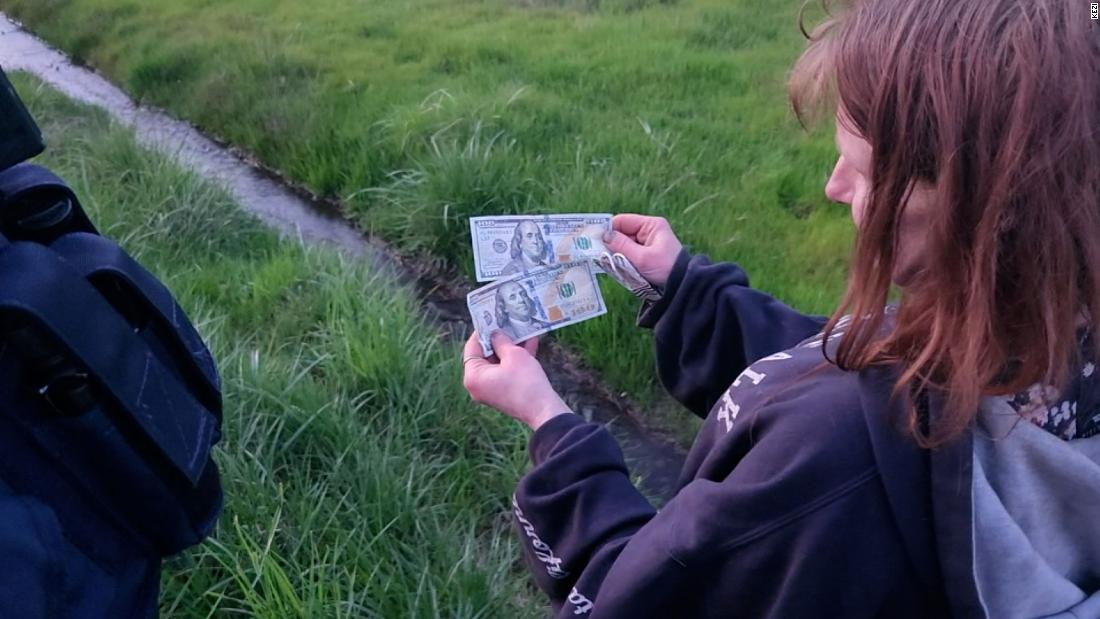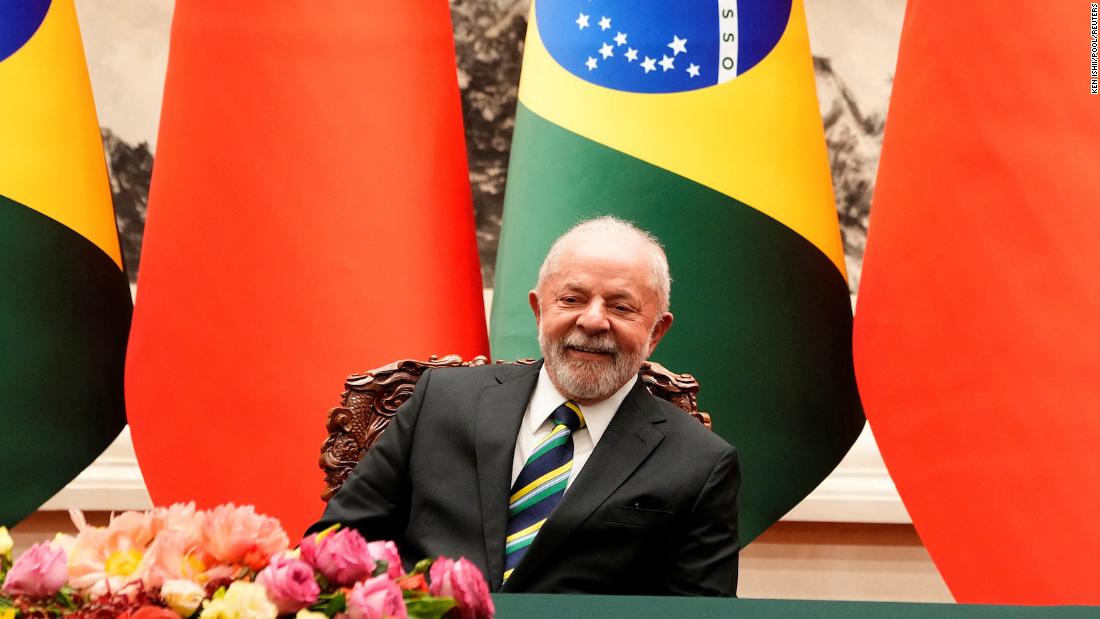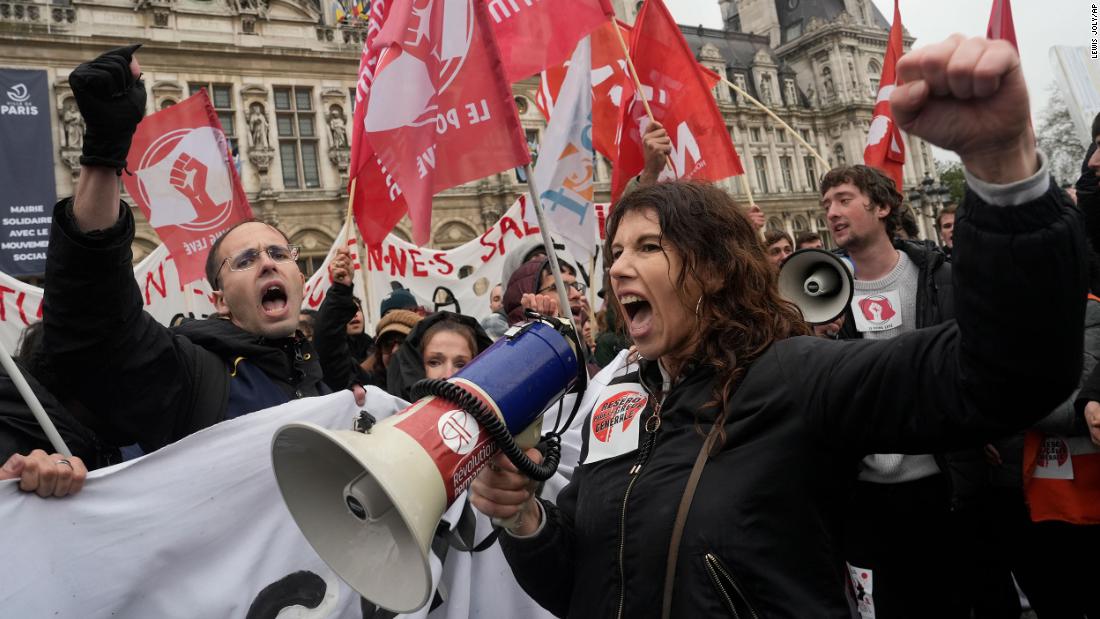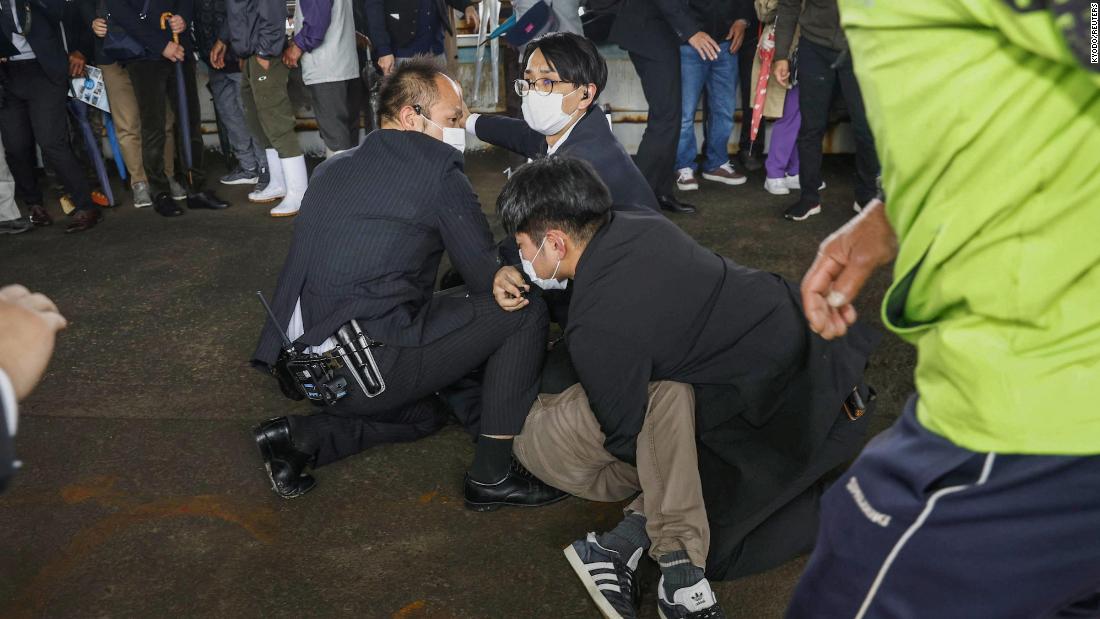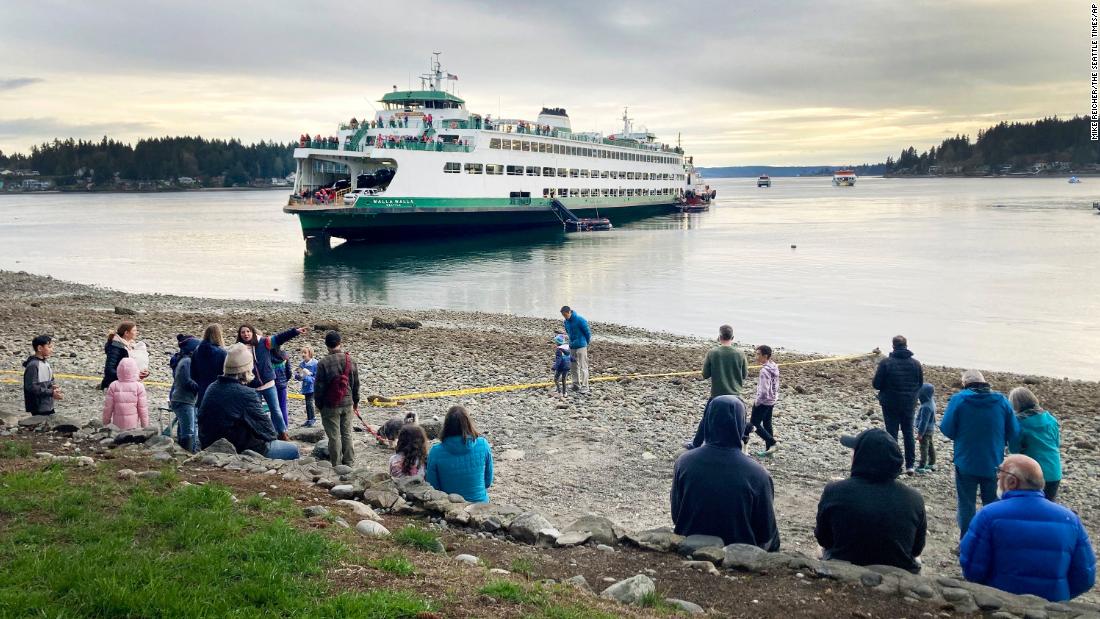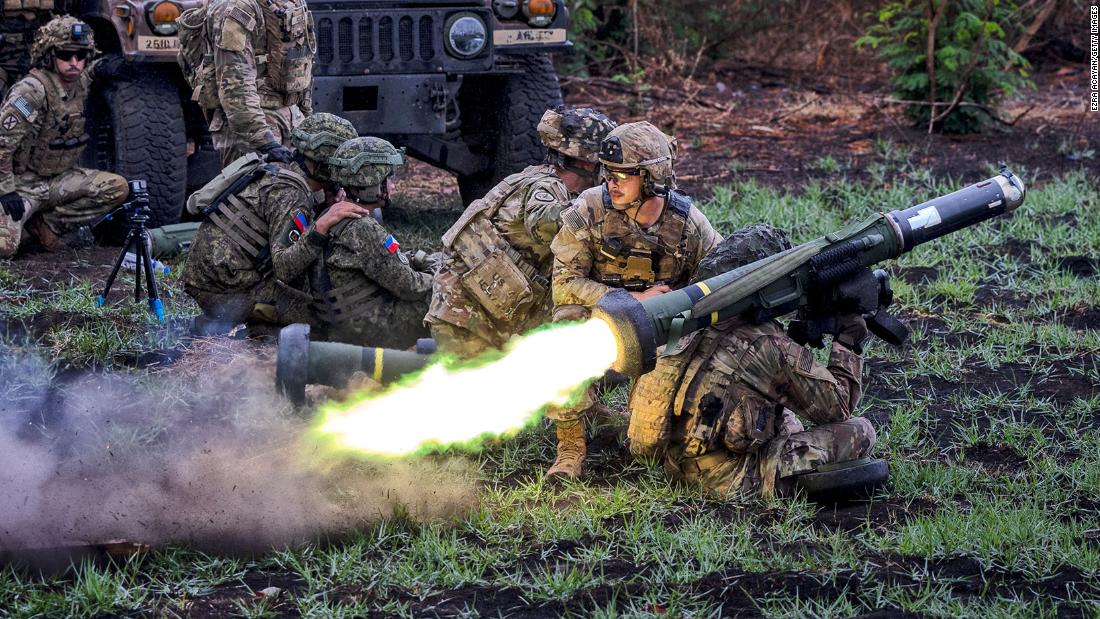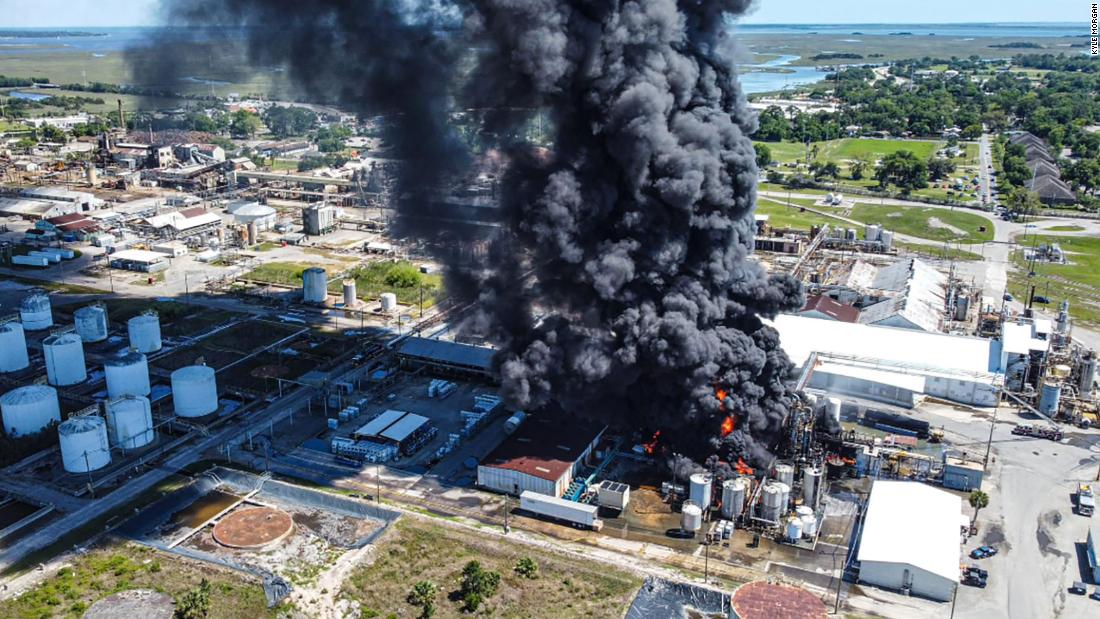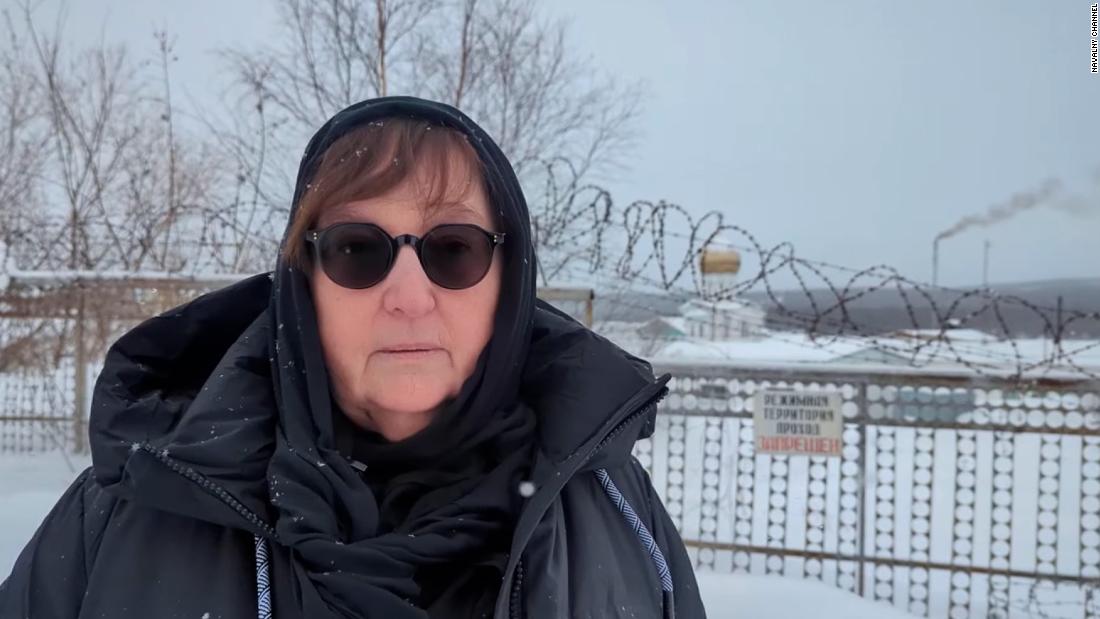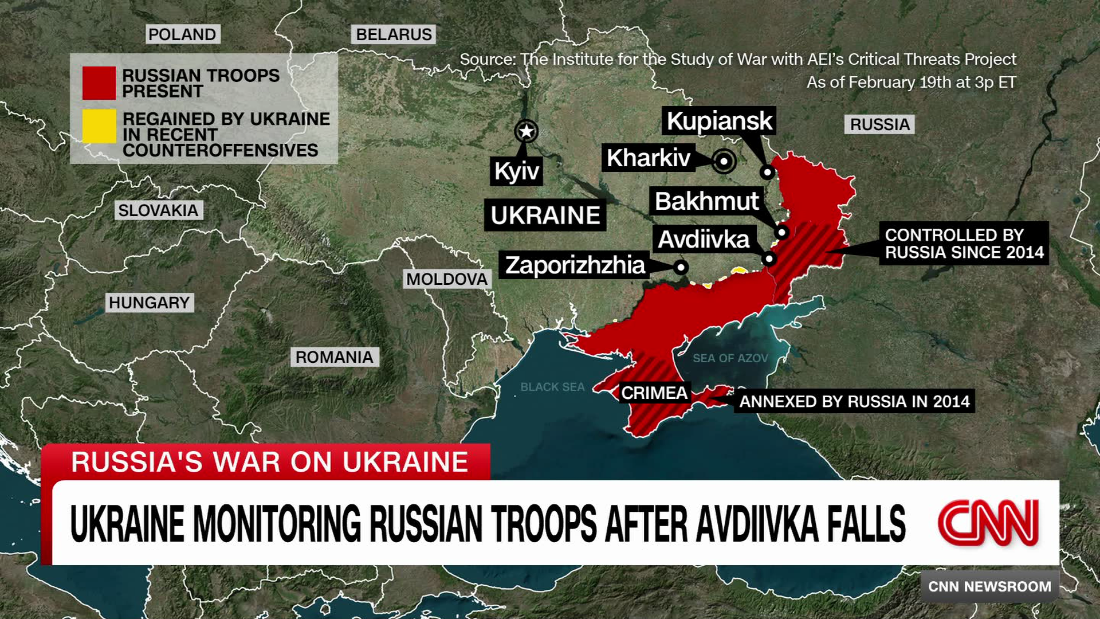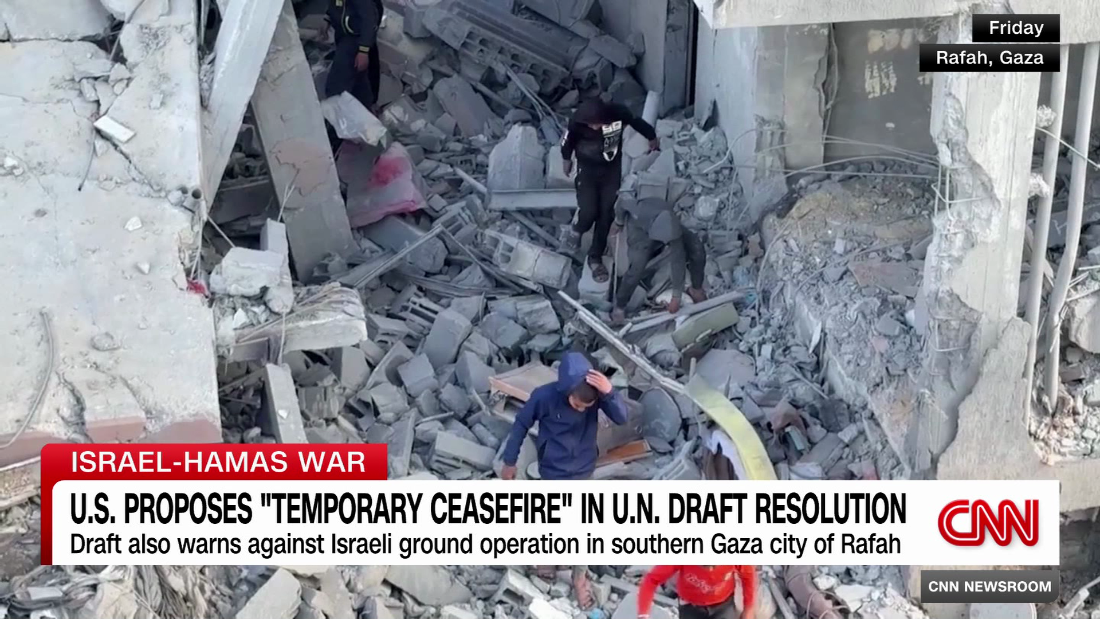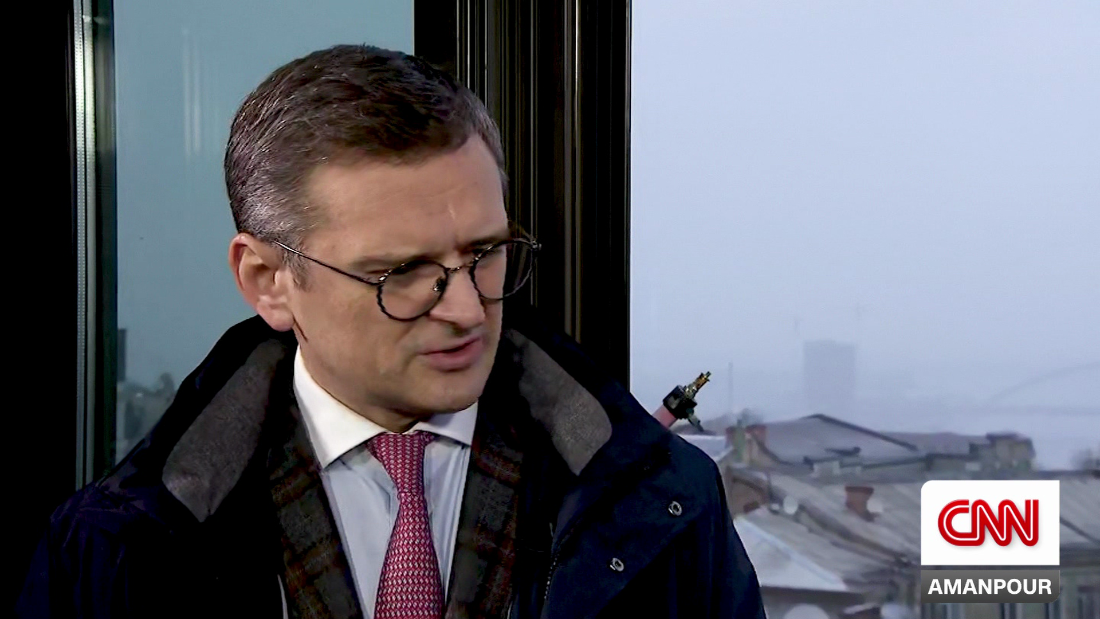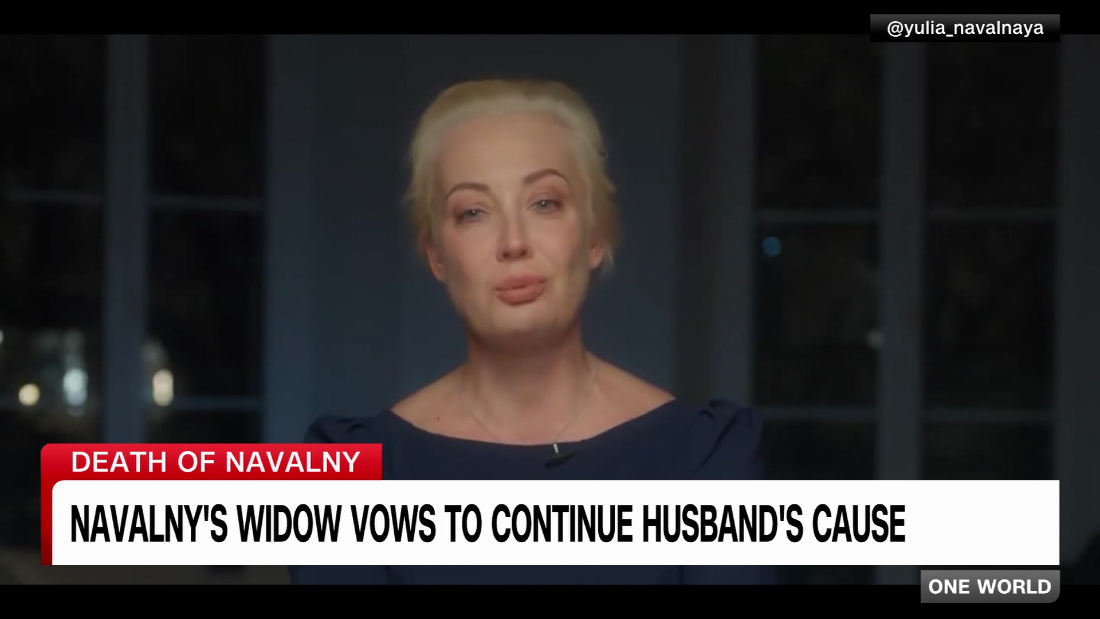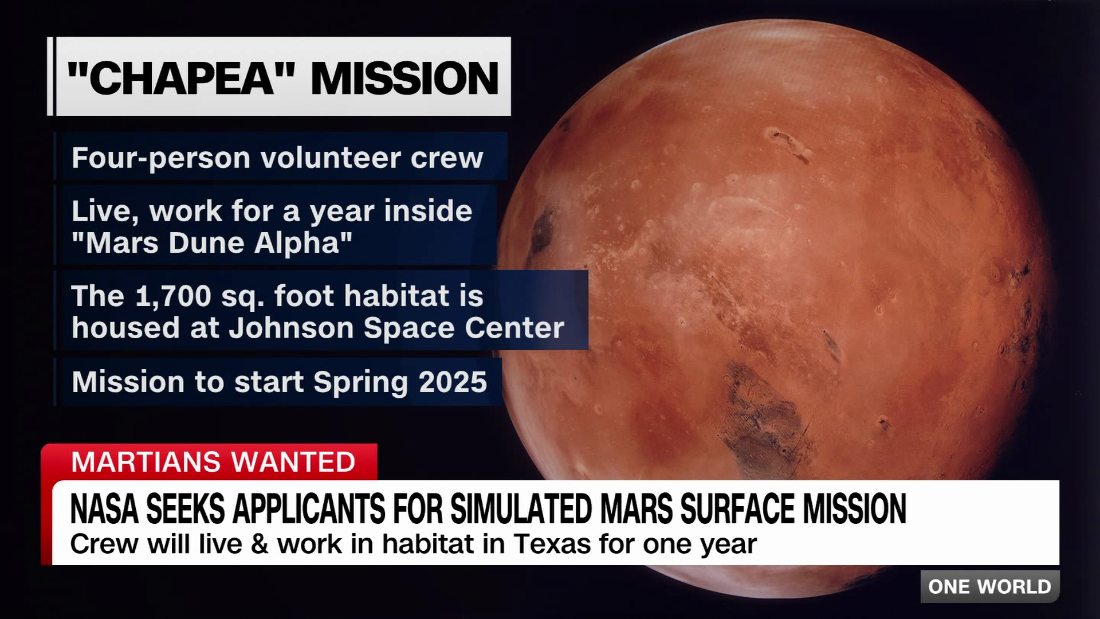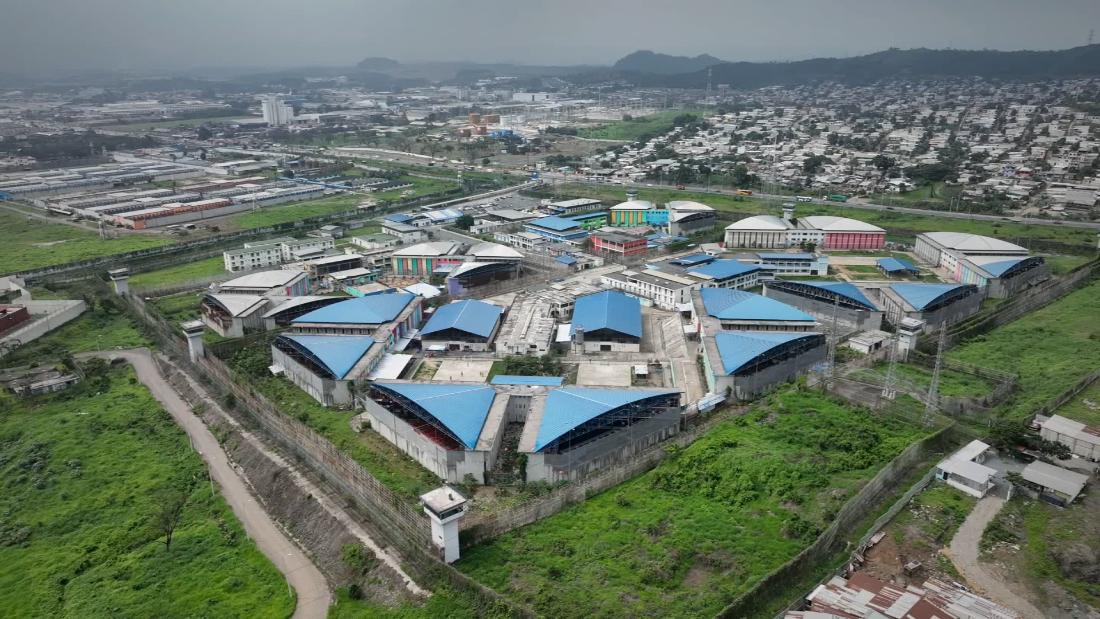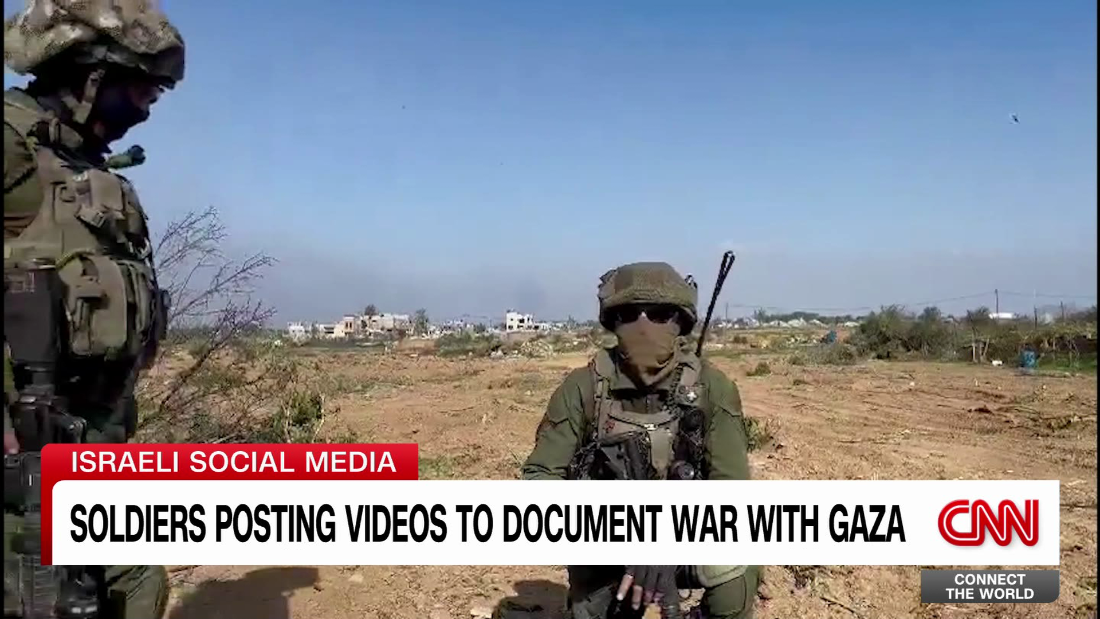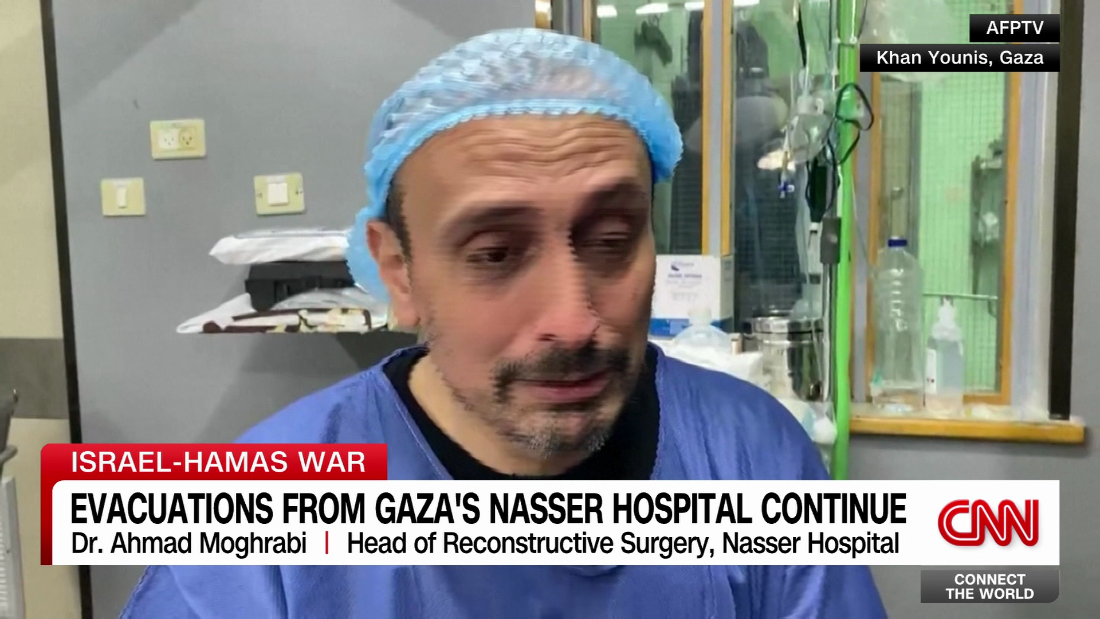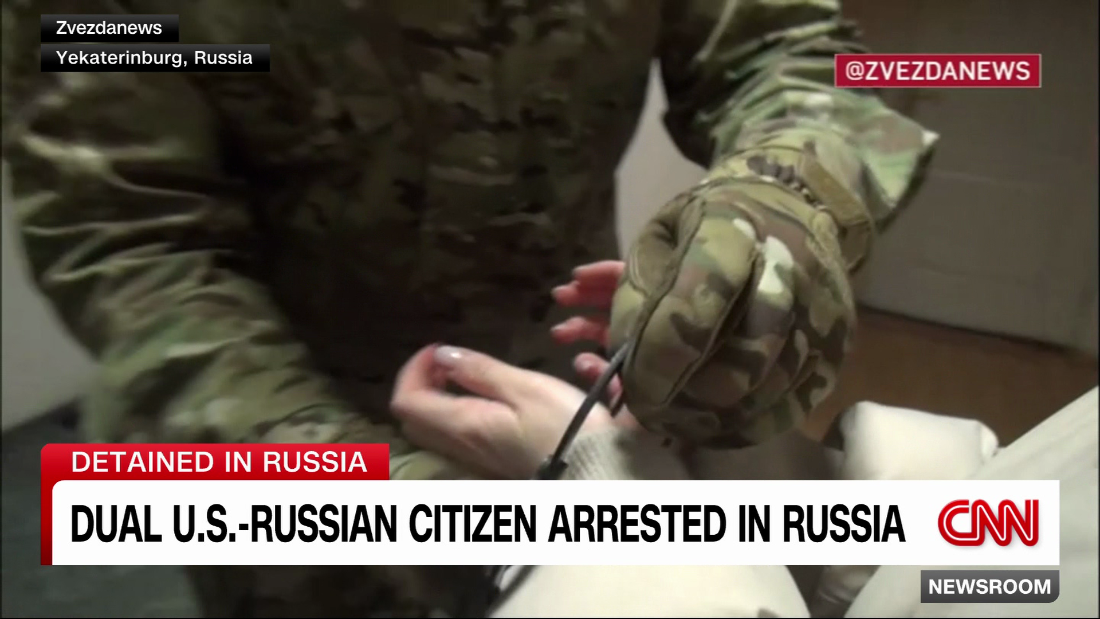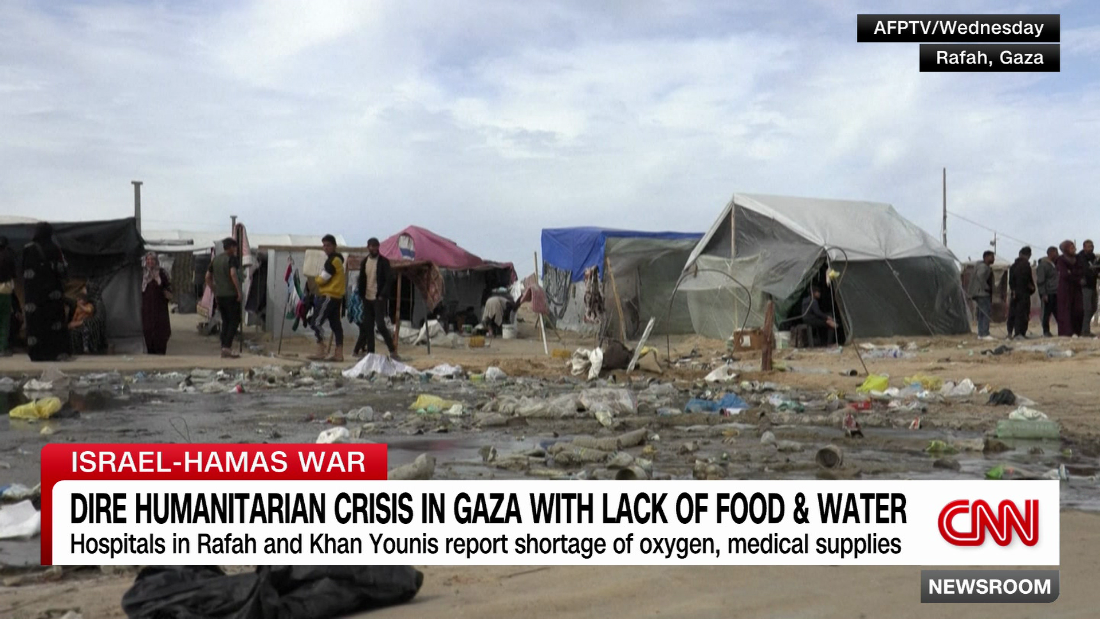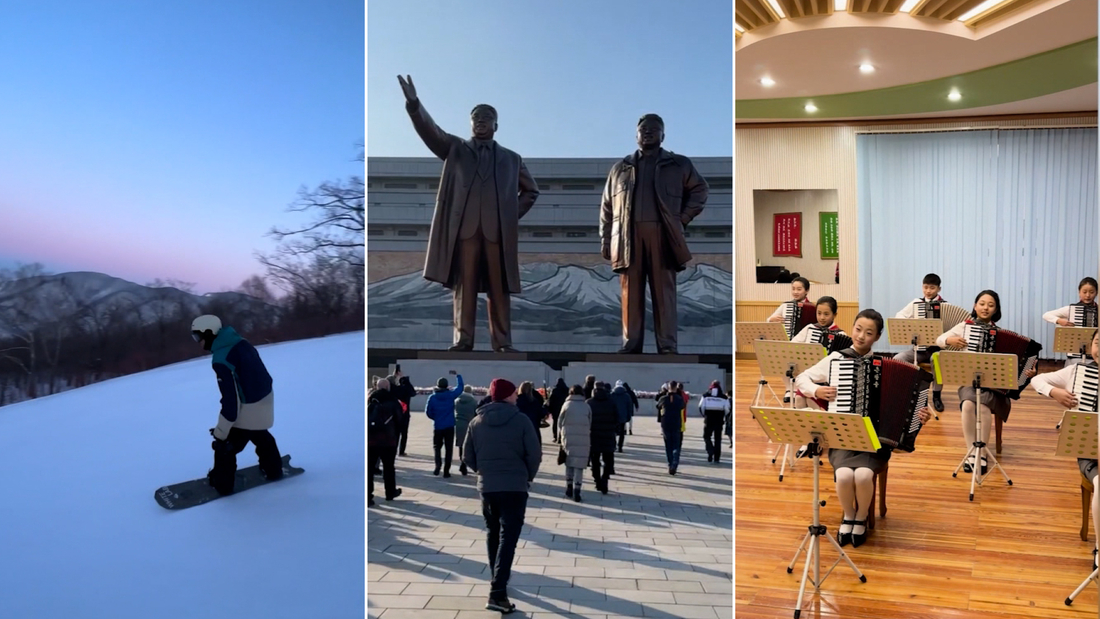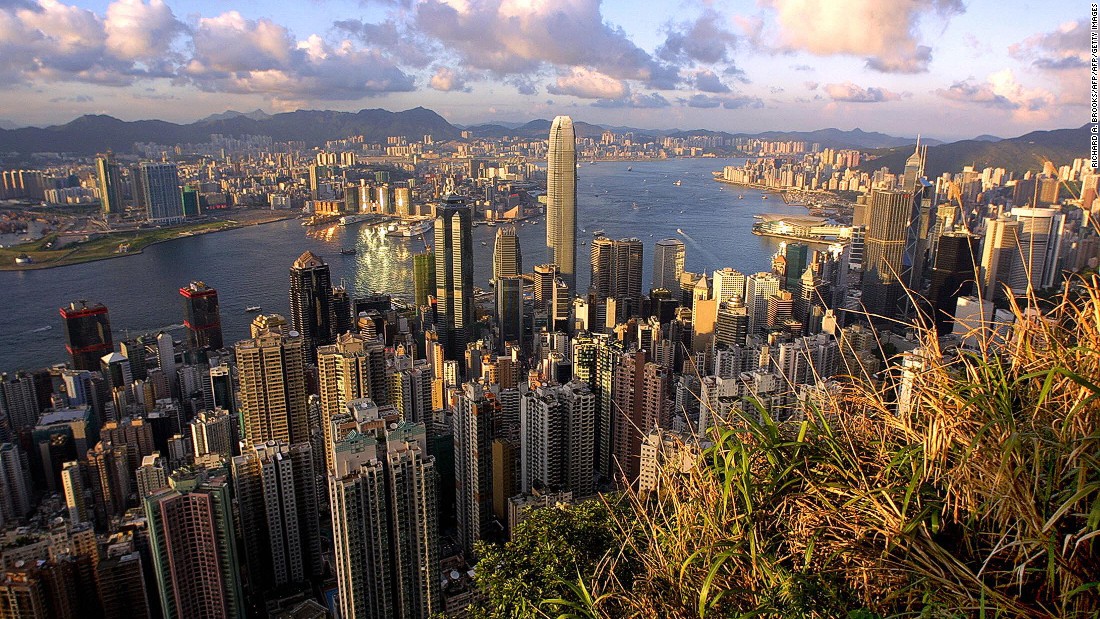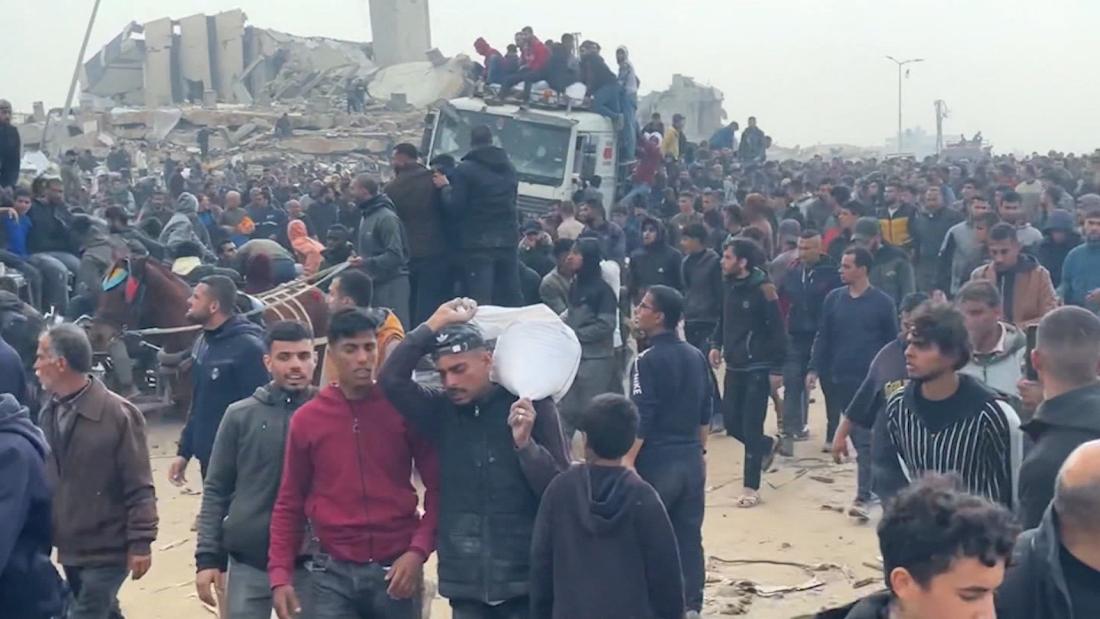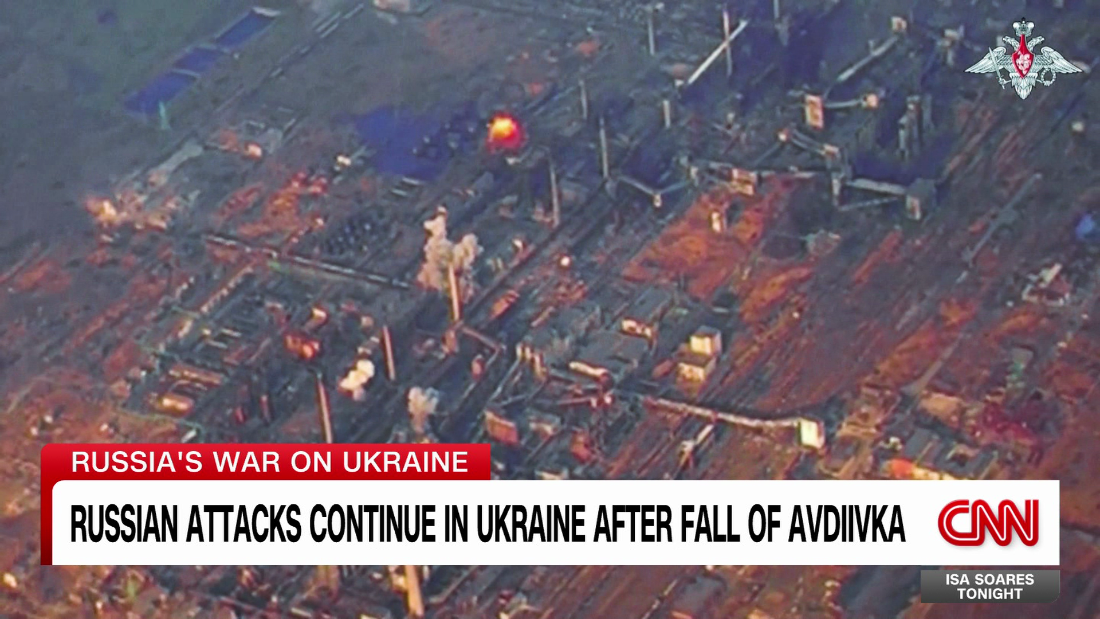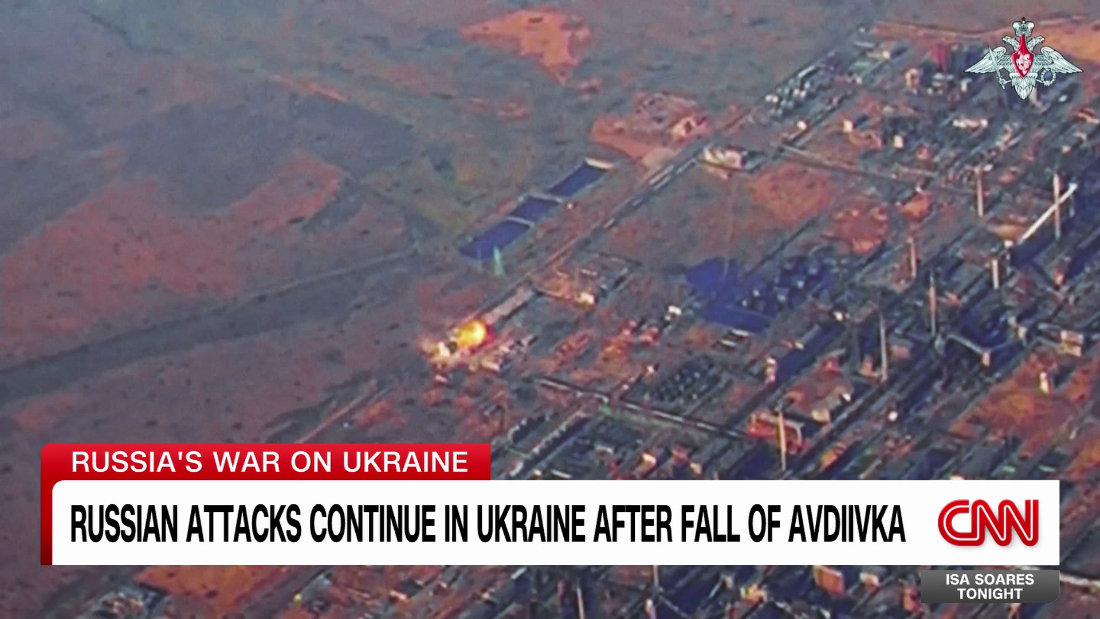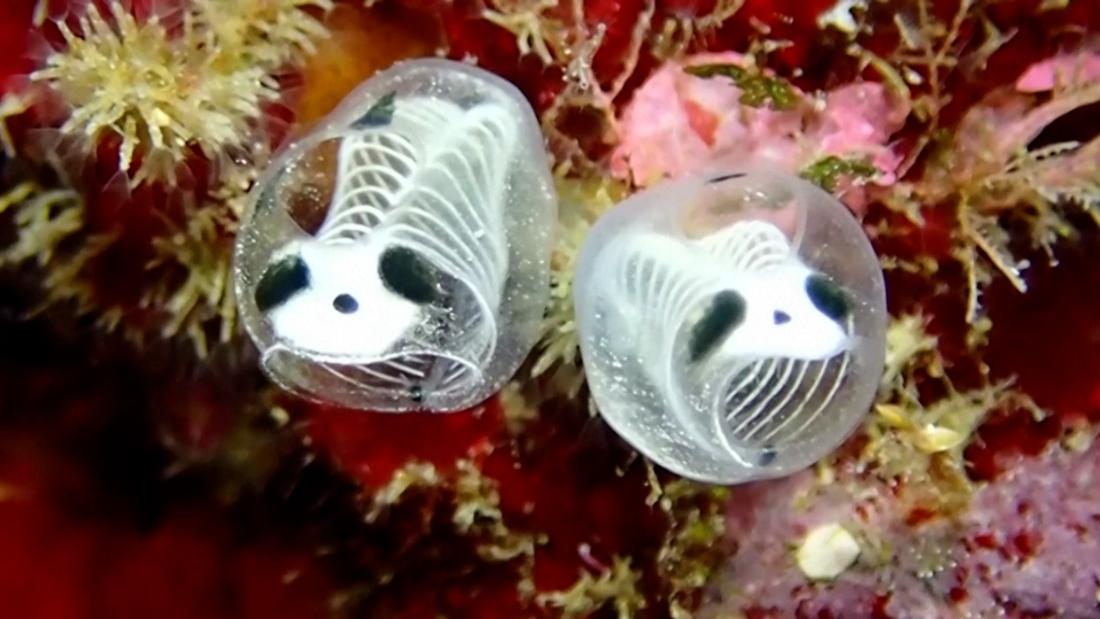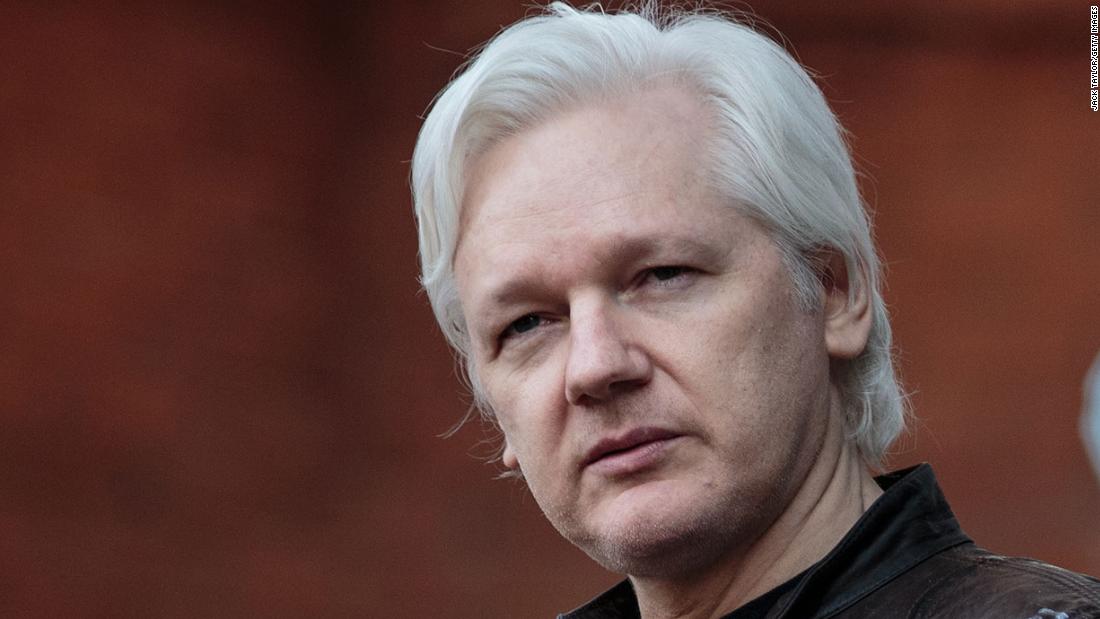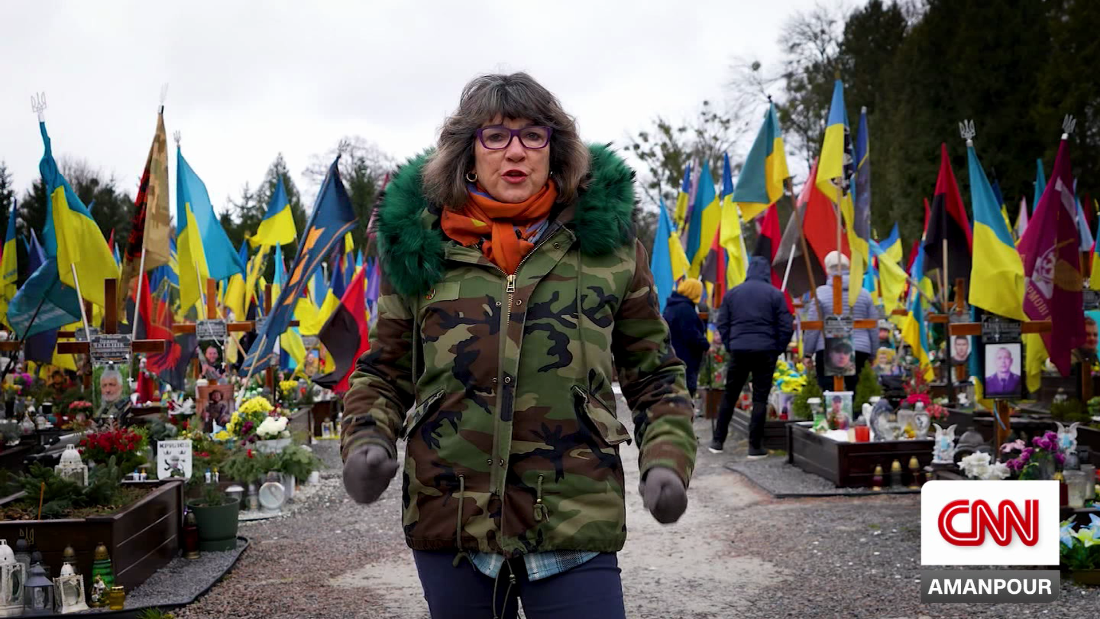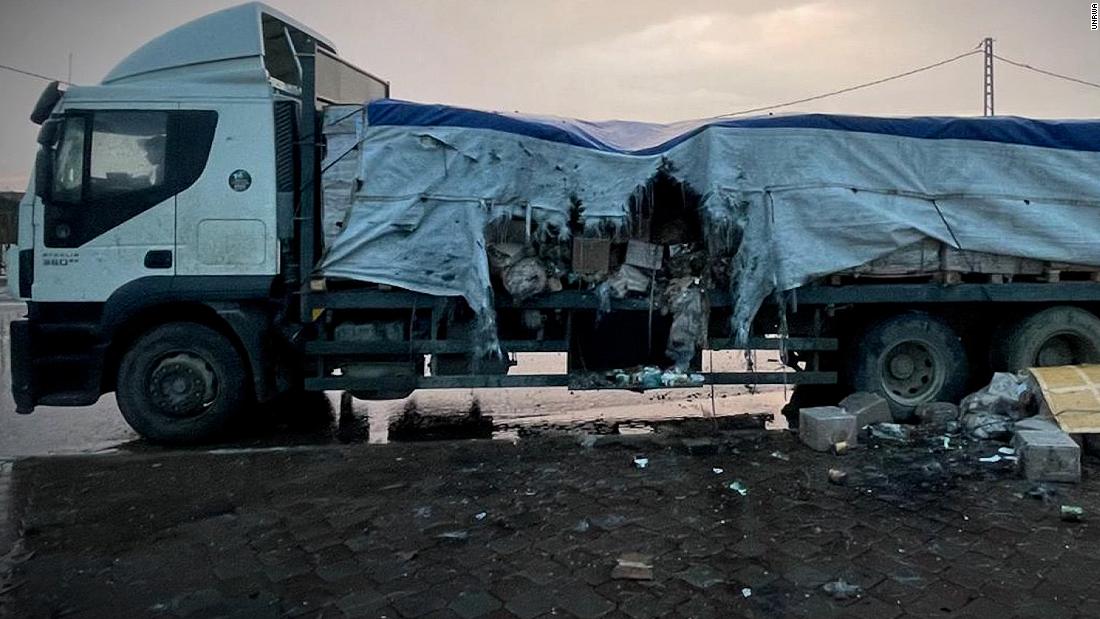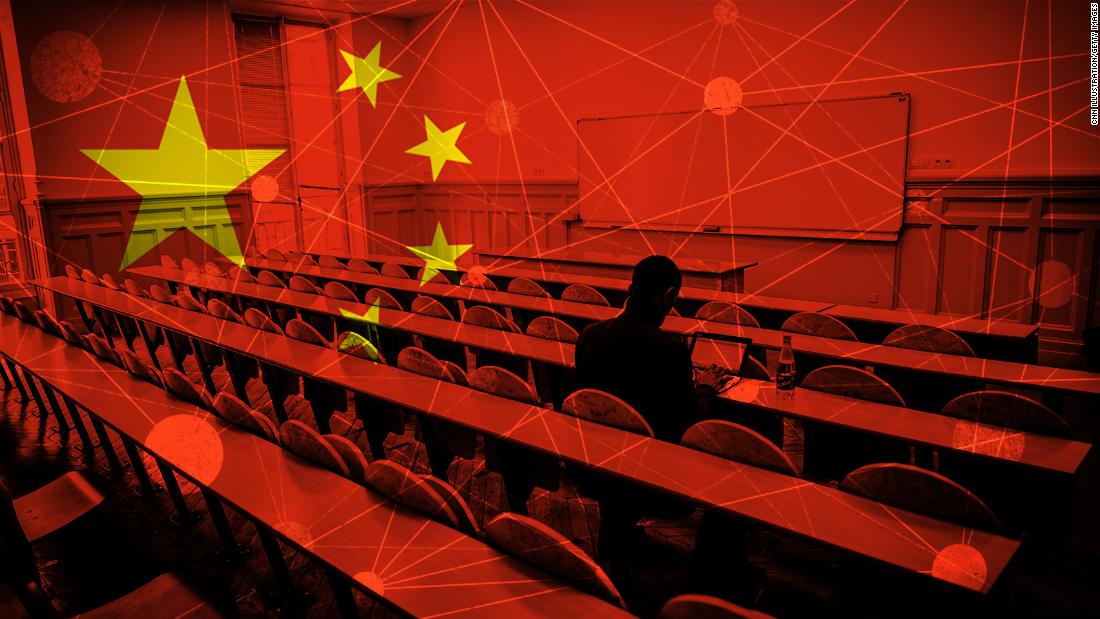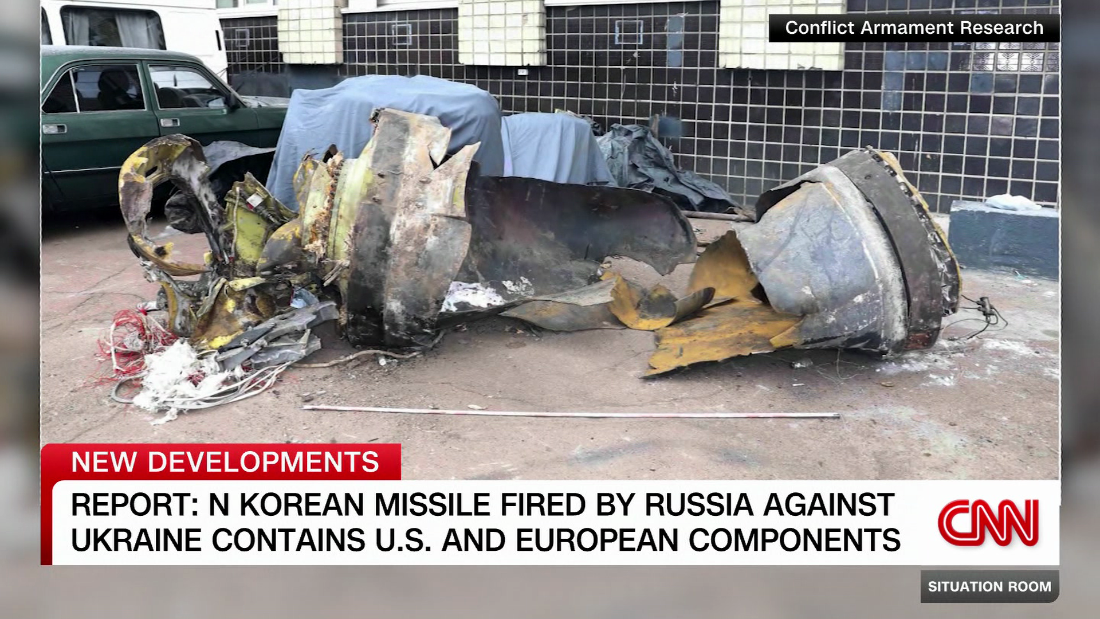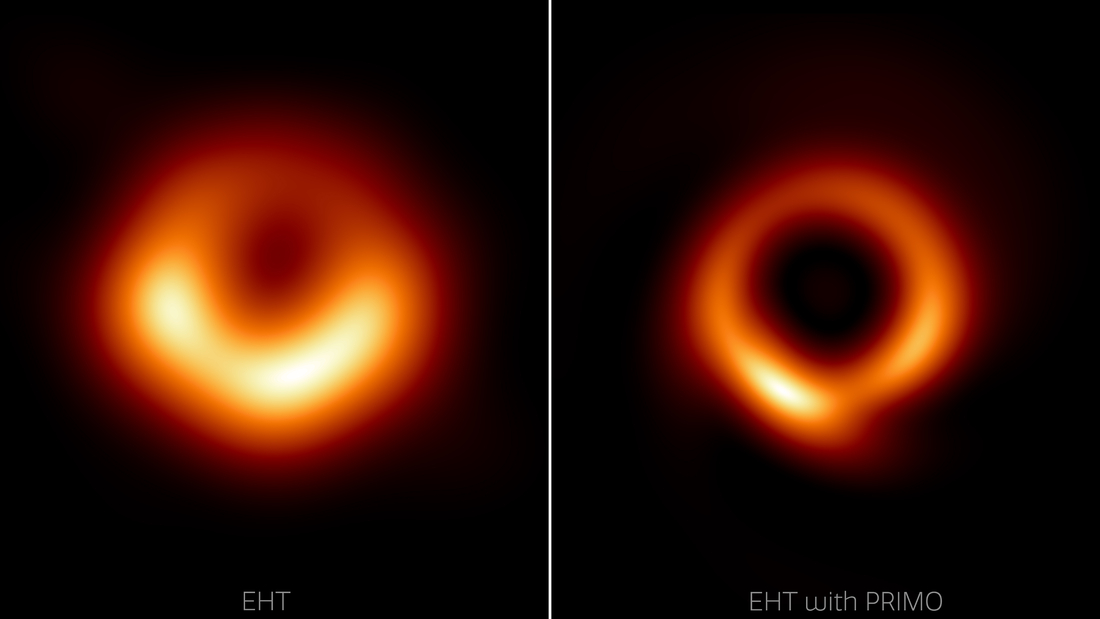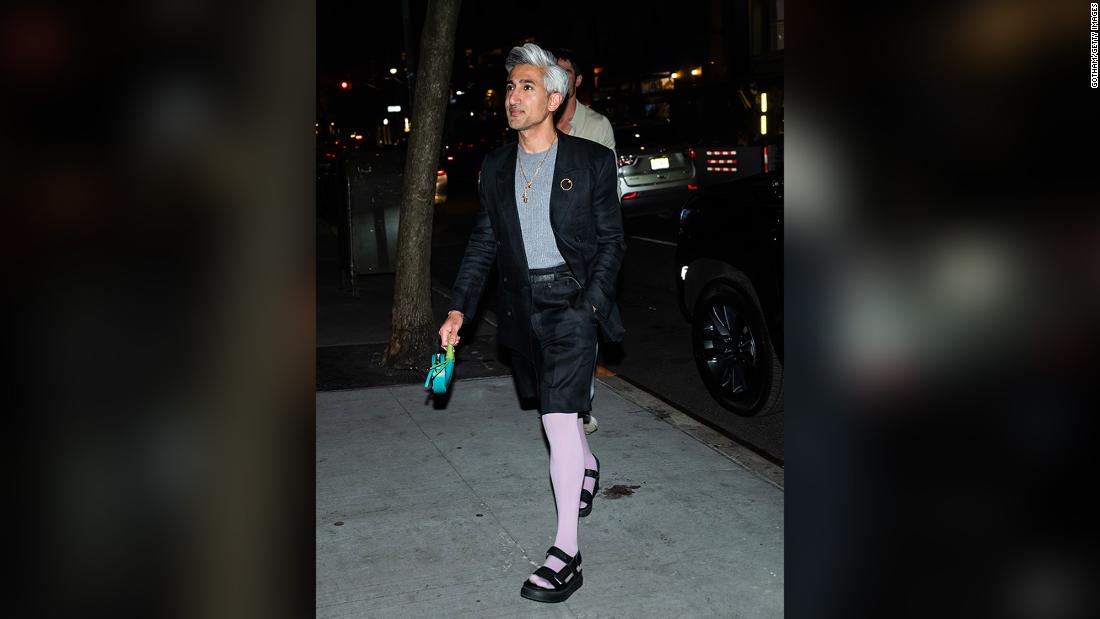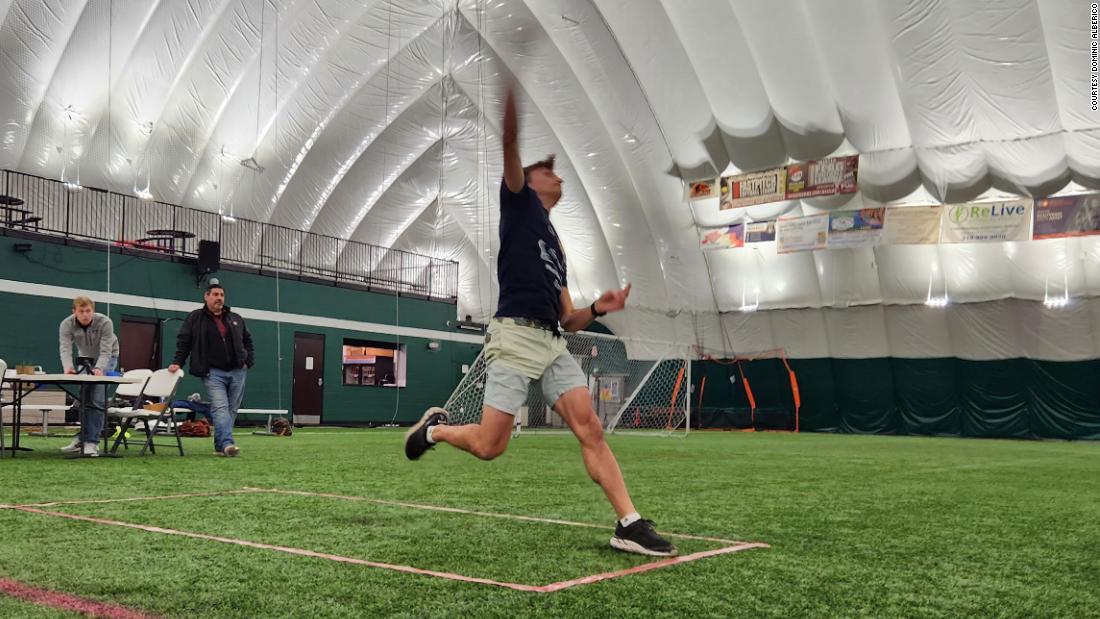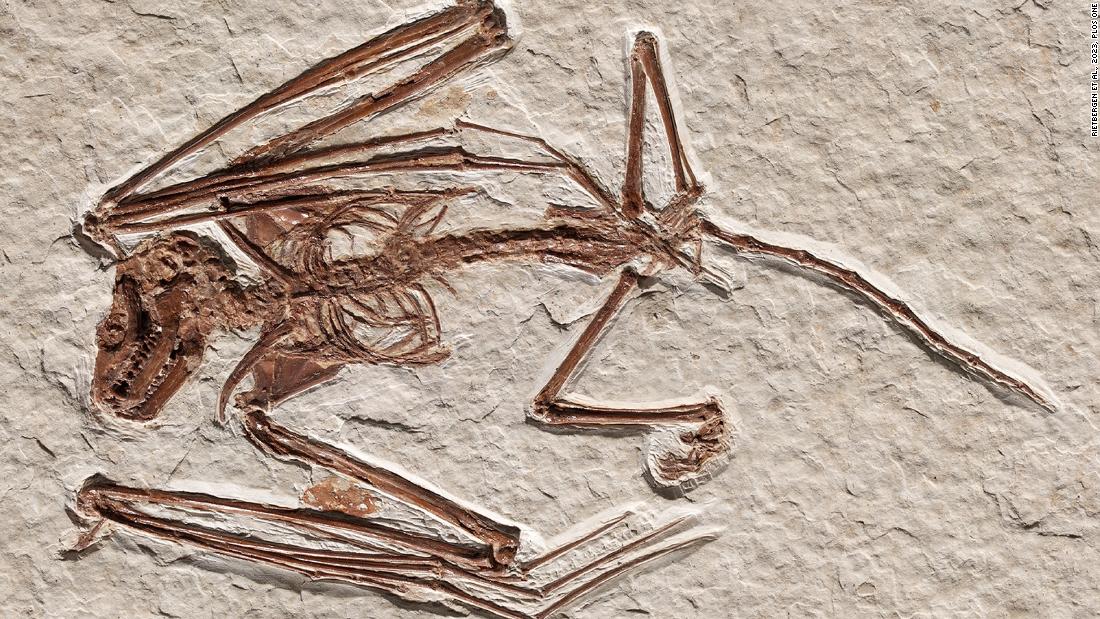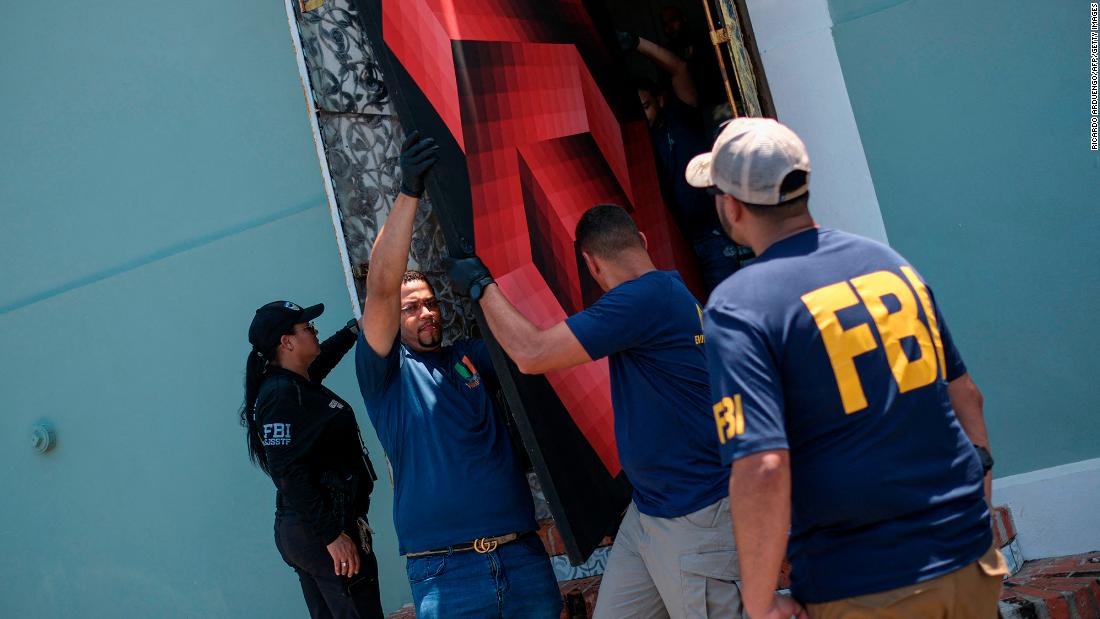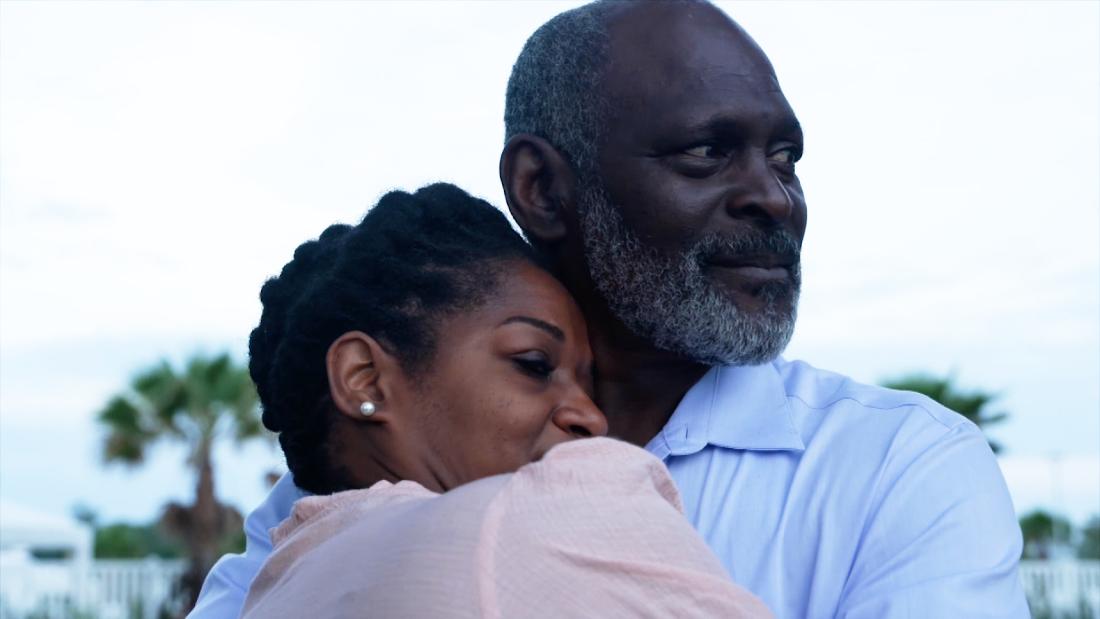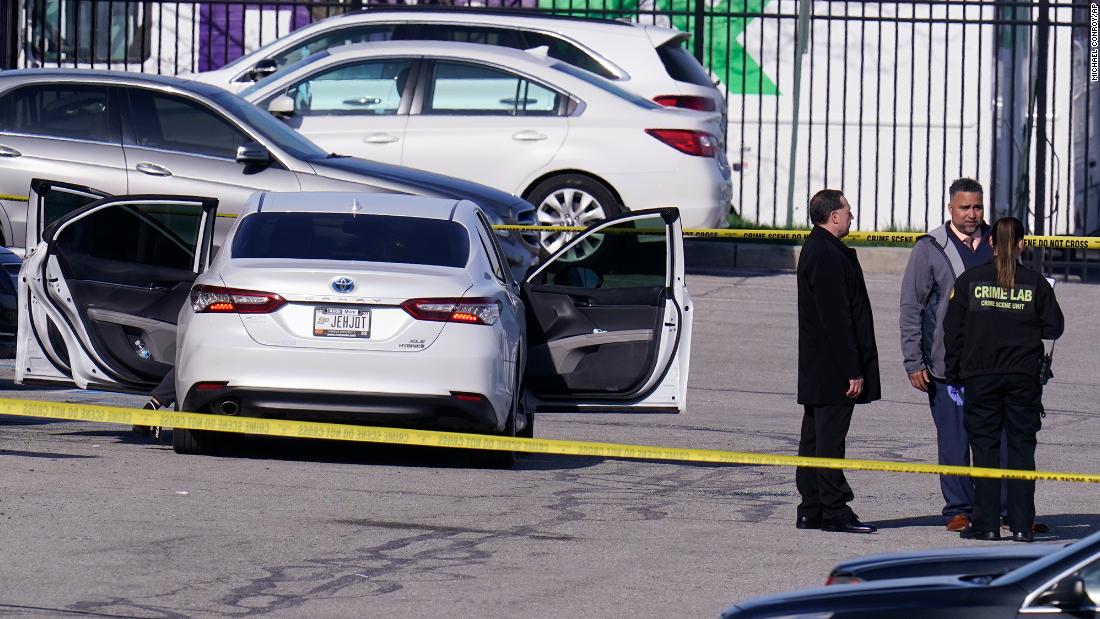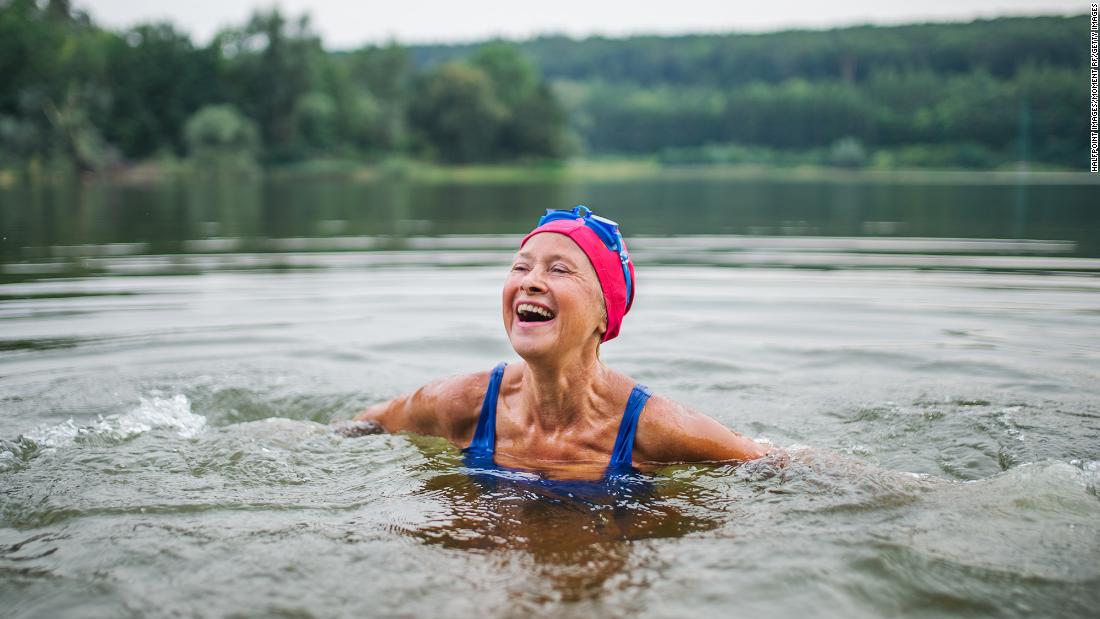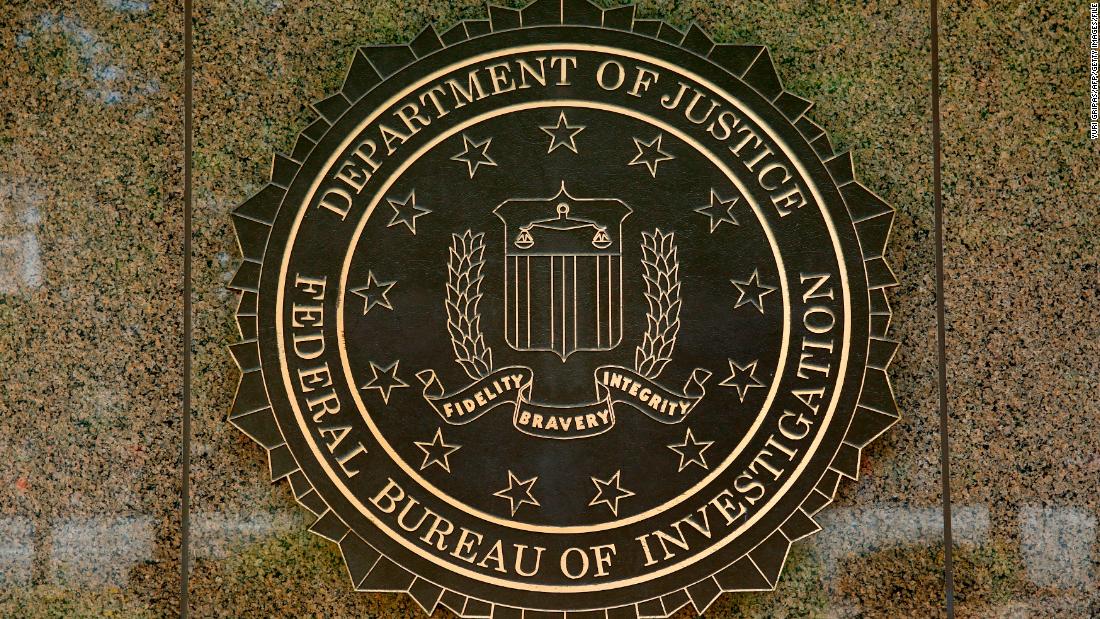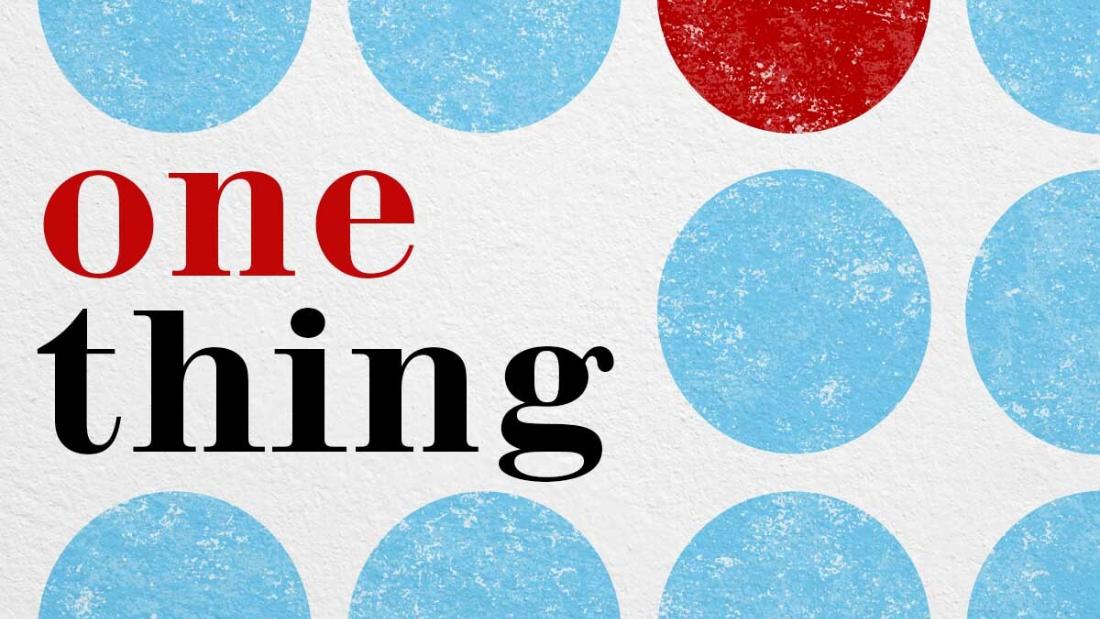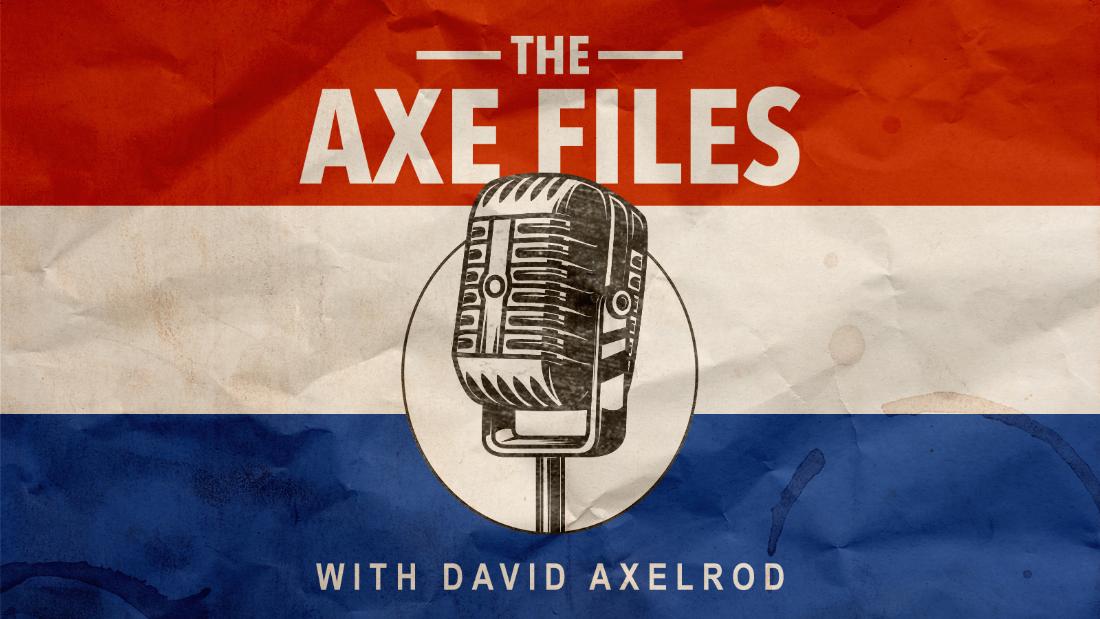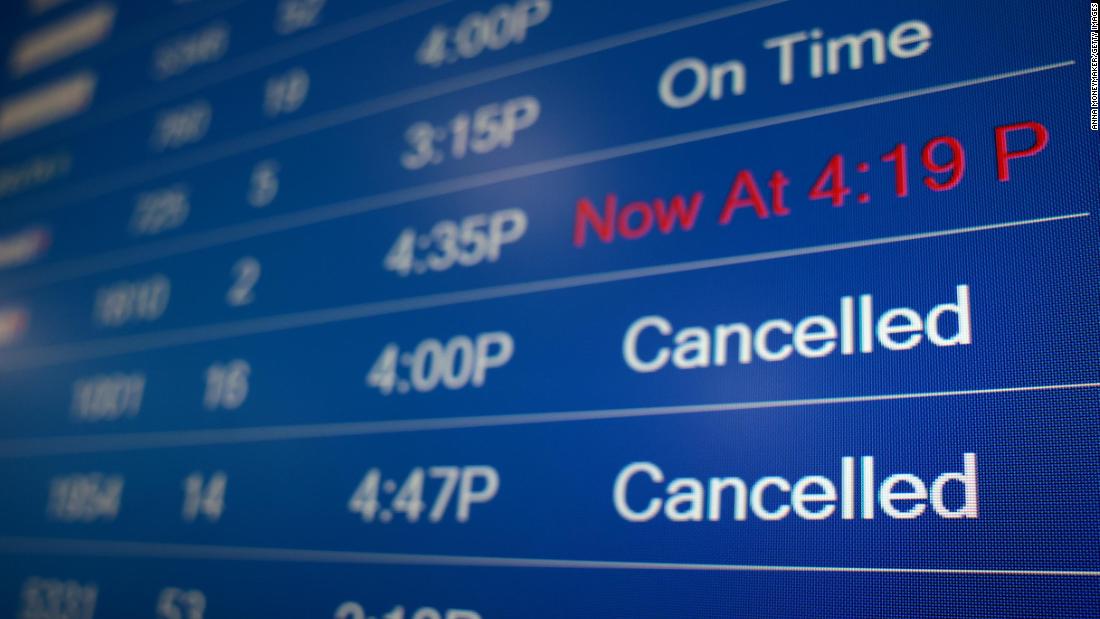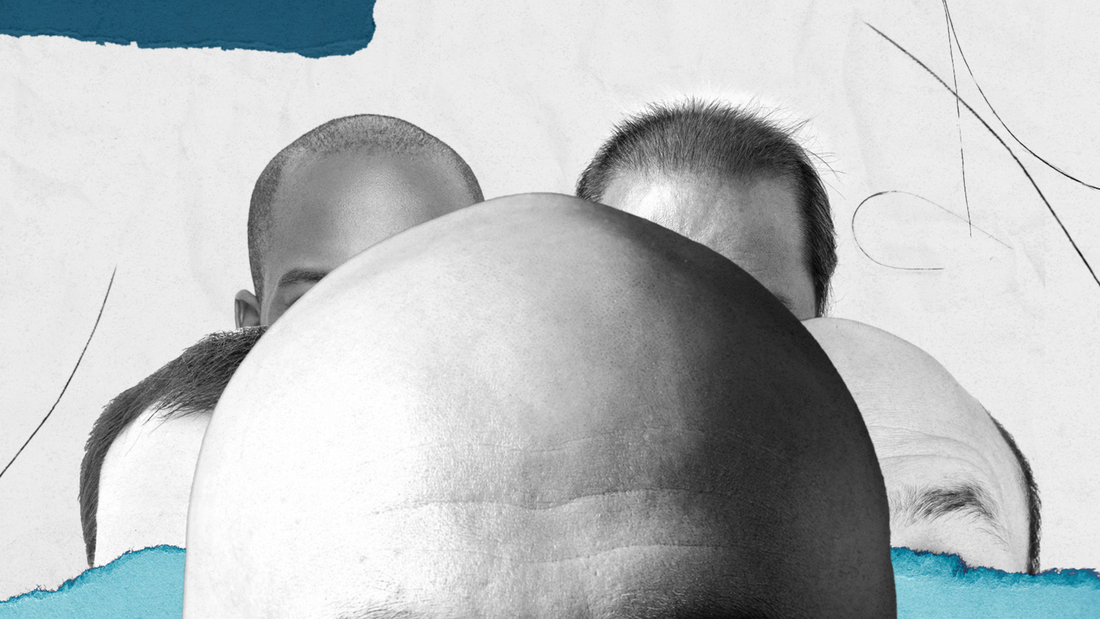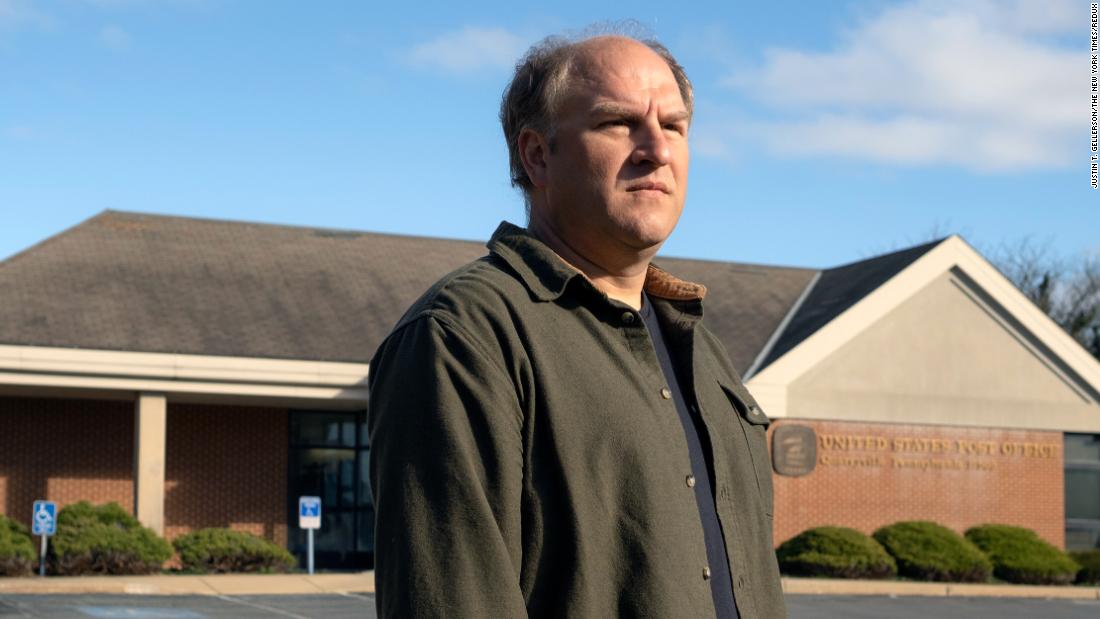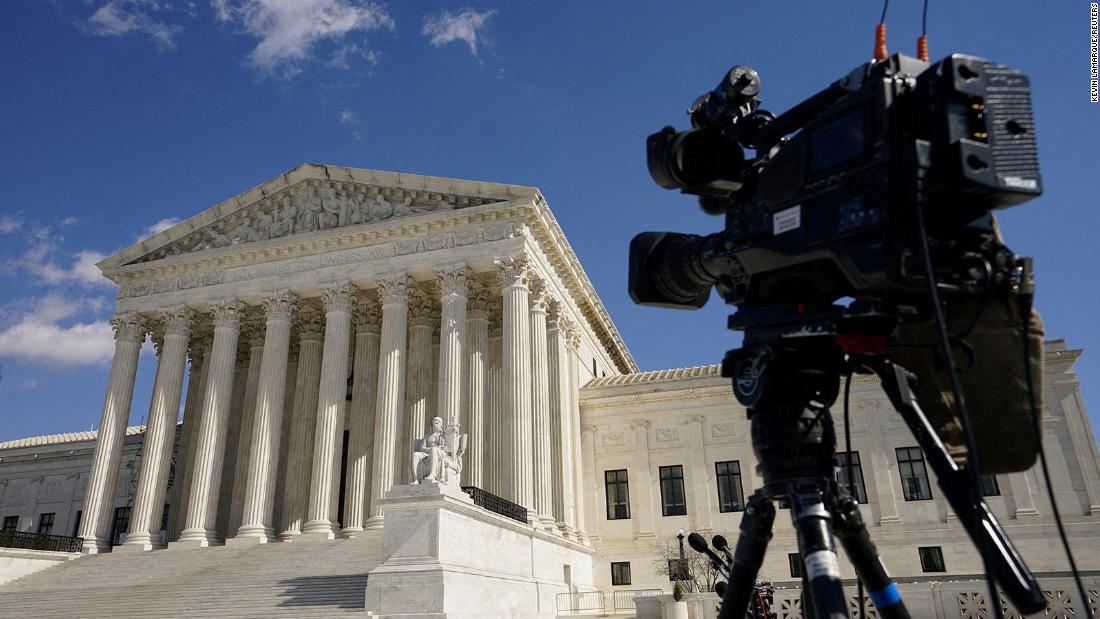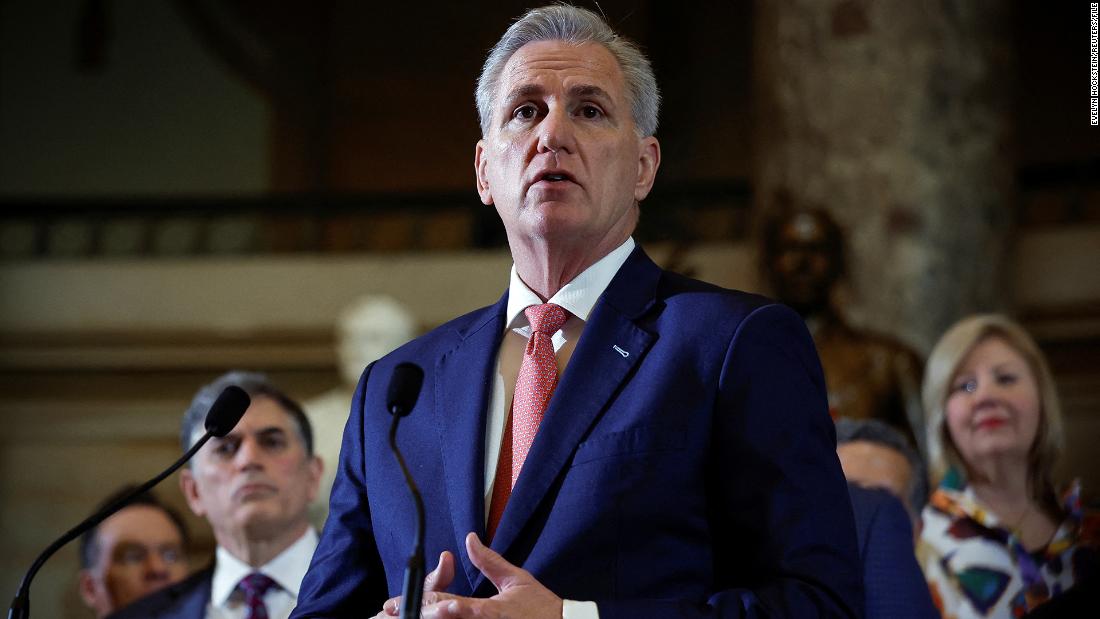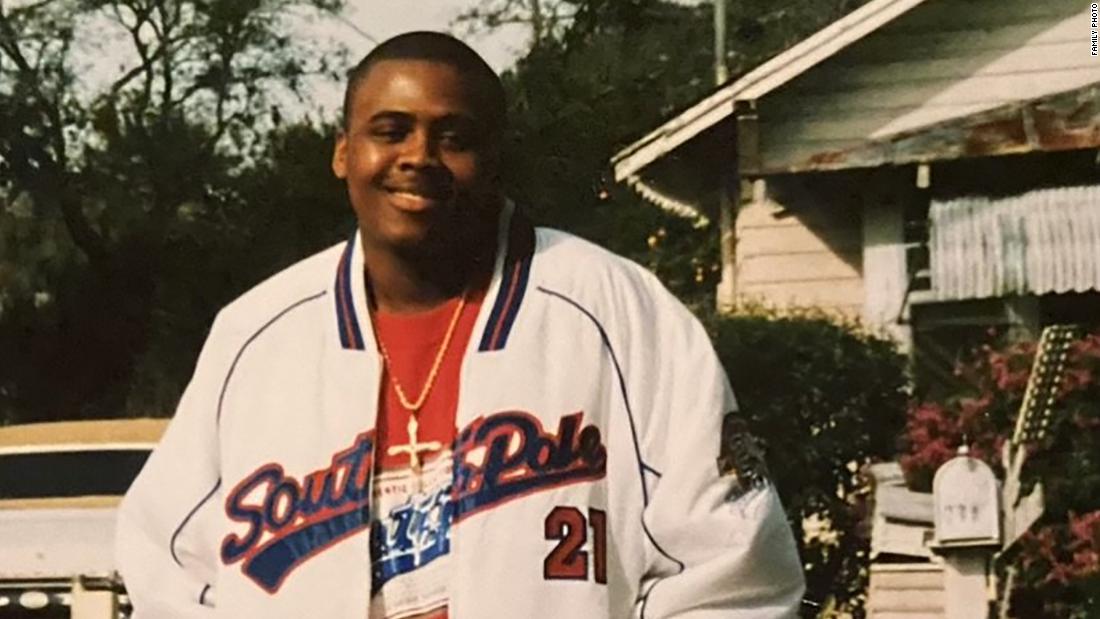WITH its formidable, icy terrain and extreme temperatures, a war fought in the Arctic would be unlike anything many Nato troops have ever encountered, a former Finnish general has warned.
Military pro Pekka Toveri, 63, who served in the Finnish Army for 35 years, says the -40C conditions would make it difficult to even survive an increasingly-likely battle in the area – let alone fight.
X/estNATOArctic warfare requires highly specialised equipment and clothing and would be like nothing many Nato troops would have encountered before[/caption]
US ArmyUS Green Berets and Finnish Army special forces train together in the Arctic Circle in preparation for cold-weather war[/caption]
The Arctic has increasingly become an arena for the struggle between global superpowers – meaning a war involving Nato in the region grows ever-more likely.
Russia is adding missile-laden nuclear submarines to its Northern Fleet, China is steaming ahead with its “Polar Silk Road” policy, and the US and Canada are building new Arctic-scanning radar bases.
Possibly imminent flash points include Russia’s borders with its Nato neighbours Norway and Finland, and Greenland – which President Trump has threatened to take by force.
Russia has also ramped-up military exercises on its side of the 830-mile border with Finland since the Scandinavian country joined Nato in 2023.
Additionally, it was reported Putin sent in neo-Nazi group Rusich to “reinforce” patrols there last September, a paramilitary battalion sanctioned by the West for “extreme cruelty” – including collecting its victims’ ears as trophies.
Meanwhile, Denmark is in “crisis mode” after Donald Trump insisted he wants to take over Greenland – which lies in the Arctic Circle.
Although it’s unclear how a US invasion of Greenland would unfold, a Russian attack on Finland would spark a Nato response – with troops, potentially including thousands of Brits – obliged to fight.
Gearing up for potential conflict, Brit troops are currently being put through their paces deep in the Arctic Circle as part of drills dubbed Operation Clockwork.
And another 3,000 practised close combat fighting in Nato’s largest drill of the year at Smardan, eastern Romania in a warning shot to Putin.
AlamyIf called up to fight in the Arctic, Nato troops would need to deploy a whole new set of strategies[/caption]
‘More of a burden than support’
But what would a war fought in ice and snow look like?
Retired general Toveri, who is chair of the EU-Ukraine parliamentary association in Brussels, briefed The Sun on the brutal reality British troops would face if summoned to the region by Nato.
He said that everything has to be adapted – mentality, equipment and strategy – and warned that Nato troops would be unprepared.
Even a standard compass does not work up there as the nearby magnetic pole interferes – so the Finns have learned to navigate using nature alone.
He said: “Fighting in the Arctic is unique, and very challenging,” before warning untrained Western troops would be “more of a burden than support” to the elite Finns – who might struggle to keep them alive.
They would have no idea for example how to launch attacks on skis or build snow caves for warmth – which are two key tactics in Arctic warfare.
Pekka Toveri is a retired Finnish general who served in the army for 35 yearswww.mtvuutiset.f
AFPThe Arctic wilderness, like this scene in northern Finland, presents major challenges[/caption]
Extreme conditions
Every member of the Finnish Army is put through an intense “survival course” that teaches them how to build a snow cave and avoid freezing to death if they fall through ice, among other life-saving tips.
The extreme conditions mean it is “difficult just to stay alive”, let alone fight a war in the Arctic.
Toveri said the main challenges are the polar weather, the extreme daylight hours, and the severe terrain.
Temperatures can plunge to minus 40 degrees, there is permanent snow cover in winter and the landscape is often engulfed by blizzards.
You don’t get wet in minus 20C. It is so cold that the ice and snow stays dry… The deadliest weather is actually when its close to zero – it gets wet and then freezing, and that kills you very fast.
Pekka Toveri
Toveri said: “Equipment is number one, and most Nato troops do not have the right stuff.
“Even French Alpine forces who work in the snow, their equipment is totally different to ours, and they don’t mix.”
The Finns wear highly specialised cold-weather gear including numerous layers and wool-lined rubber boots to stay warm.
They also sport a high-tech wintry cammo pattern called M05 Lumikuvio to blend in with the scenery.
ReutersToveri believes the arrogance of Putin and his army could lead them to wage war on Finland – even after becoming a part of Nato[/caption]
GettyArctic terrain is very rocky making it difficult to manoeuvre, like forest in the Oulanka National Park, Finland[/caption]
Plunged into 24-hour darkness
Close to the poles, the usual cycle of day and night also dissolves, creating another unique challenge.
Toveri said: “The summertime is an endless day, and in winter you don’t see the sun for months.”
The harsh terrain also makes just moving around incredibly difficult, and the challenges change depending on the season.
He said: “There’s a lot of rocks. There are swamps. There are forests.
“And the road network is quite sparse. The infrastructure is not that developed.”
Surprisingly, Toveri explains that manoeuvring is actually easier in the winter because “the lakes, rivers and especially the swamps freeze over”, meaning combat vehicles can drive straight over them.
He said ‘higher’ temperatures in the summer – still only around freezing in parts – can be more dangerous as troops and their clothes will get wet from the snow.
Toveri explained: “You don’t get wet in minus 20C. It is so cold that the ice and snow stays dry.
“The deadliest weather is actually when its close to zero – it gets wet and then freezing, and that kills you very fast.”
These sub-zero conditions are what face the warring troops of Russia and Ukraine right now on the front line in eastern Europe.
Concerns that Nato reinforcements would be ill-prepared to fight in the Arctic conditions have been echoed in formal security meetings.
Minna Ålander, a senior defence researcher, asked at an Arctic Security conference: “We have [Nato] troops – but do they know how to survive in the Arctic before they even get into combat?”
GettyFinnish troops are trained to launch attacks from skis[/caption]
AlamyThe current army learned hard lessons from the great Finnish success in the Winter War against the Russians in 1939[/caption]
Warfare strategy
On-the-ground operations in Arctic warfare are also unlike anything Nato troops have practiced at home.
Toveri says: “If we attack, we do it by skis. The Americans, they prefer to use snowshoes, but that’s bulls***.
“And we use special bindings so you can take them on and off in seconds.
“I’ve seen the Americans doing it in Alaska – when they do use skis it’s a two-minute project just to put them on.”
Facing off against the Russians, allied troops would also encounter gun-wielding snowmobiles.
Putin’s army has a fleet of the high-tech military vehicles with in-built machine guns and heated cabs, seating two and able to tow another solider behind on skis.
But our troops would be more prepared for this mode of attack than one might expect.
Last year, the Royal Marines were kitted out with a fleet of 159 snow mobiles with the express purpose of preparing for Arctic war, so at least some Brit soldiers would know what they are doing.
The front lines would also look very different to anything Nato troops know.
Toveri said: “We don’t use zig-zag trenches on the front line, like they do in other wars, because digging trenches is very difficult, especially in the places where you need most protection further north.
“It’s a very hard surface and there are a lot of rocks.”
Instead, Nato forces would have to dig in a series of “platoon bases with 360 defence” every five to 10 kilometres.
Toveri explained that each base would consist of “a trench going 360 degrees around, and then from that trench you have fighting positions for two soldiers so that their fields of fire are covering each other”.
He added: “Anybody attacking will be shot from different directions. And then you build protective places for accommodation underground.”
Toveri said these setups have always been built with overhead protection to ward off artillery, but “nowadays it’s even more important with the drones being a threat”.
The US ArmyUS Special Forces on the Arctic warfare Jaegar training course in Finland[/caption]
AlamyThe Finnish Army’s Jaeger Brigade is the ultimate Arctic warfare force[/caption]
Freezing to death fear
Another major challenge is dealing with the wounded because there is a serious risk an immobilised soldier will “freeze to death” in the sub-zero chill.
Toveri said: “You need special equipment to keep the wounded warm, and we try to have surgeries as close to the front line as possible.”
Some Nato troops have experience training under these conditions and strategies, like the armed forces in Norway and Sweden, and would be valuable assets on the front line.
But “the troops from the United States and UK – that’s a different story,” Toveri said.
“They would be more of a burden than support – just keeping them alive would require our reinforcements.”
Finland is constantly training up Nato troops, including Brits and Americans, to get them more battle-ready – recognising the very serious possibility they will be called in.
GettyBrit soldiers storm trenches, forests and buildings during Steadfast Dart war drills in eastern Romania in a warning shot to Putin[/caption]
GettySome 3,000 Brit troops practised close combat fighting in Nato’s largest drill of the year in Smardan, eastern Romania[/caption]
‘Never underestimate Russians’
The two areas most likely to be flash-points of war in the Arctic are the Russian borders with Finland and Norway and Greenland, owned by Denmark – but tensions are increasing all over the region.
An outbreak at either of these pressure points would involve Nato, meaning British troops would be called up to fight.
Were that to happen, the Army’s 1st Division would likely be the first to deploy, but the number of troops committed would depend on the size of the conflict.
Toveri said he could not rule out the “obnoxious” Russians extending the current front line up to Finland and Norway.
He explained: “I always say never underestimate Russians because there’s one thing they are best at in the world: their capability to take losses.
“They can sacrifice, as we see in Ukraine, huge amount of troops just for diversion. And they obnoxious.”
Toveri believes the arrogance of Putin and his army could lead them to wage war on Finland – even now that it is part of Nato.
“They think Westerners are spineless and can’t fight anything.
“They think: ‘We are the real warriors because we eat iron and s*** chain.’
“So, they might be stupid enough to try something.”
GettySoldiers in the British Army are trained to fight in very different conditions to those in the Arctic[/caption]
The Finnish ArmyBritish troops have been training in Finland to familiarise themselves with Arctic warfare – General Sir Mark Carleton-Smith pictured here in the country[/caption]
A fight of fire and ice
The other potential Arctic war-zone is Greenland, where European leaders have threatened to deploy Nato troops after Trump repeated his insistence that the US will “get” the island.
General Robert Brieger of Austria, the top EU military official, said it “would make perfect sense” to station EU troops in Greenland.
He added: “That would send a strong signal and could contribute to stability in the region.”
French Foreign Minister Jean-Noël Barrot also said in an interview with France’s Sud Radio that France had “started discussing [troop deployment] with Denmark”.
Trump’s determined bullish statement about the autonomous Danish territory came just days after a fiery phone call between him and Denmark’s Prime Minister.
Toveri says, were the Russians to spill the war north, the Finnish generals would relish the opportunity to squash them – as had been done before.
In the Winter War of 1939, a small army of Finns repelled a much larger Soviet force and inflicted losses five times their own.
The Finns pulled off the unlikely victory by using their mastery of the Arctic landscape to their advantage.
“Cuckoo” snipers hidden in trees and skilful ski-mounted troops were particularly deadly.
Toveri said: “If the Russians decide to make an operation up north, I’m sure that in Finnish Command would pop bottles of champagne, and say: ‘That’s great, the idiots made the same mistake a third time.’”
GettyThe Finnish landscape is home to numerous lakes and swamps[/caption]
AFPA frozen road through a forest near Vaasa, western Finland[/caption] Published: [#item_custom_pubDate]













